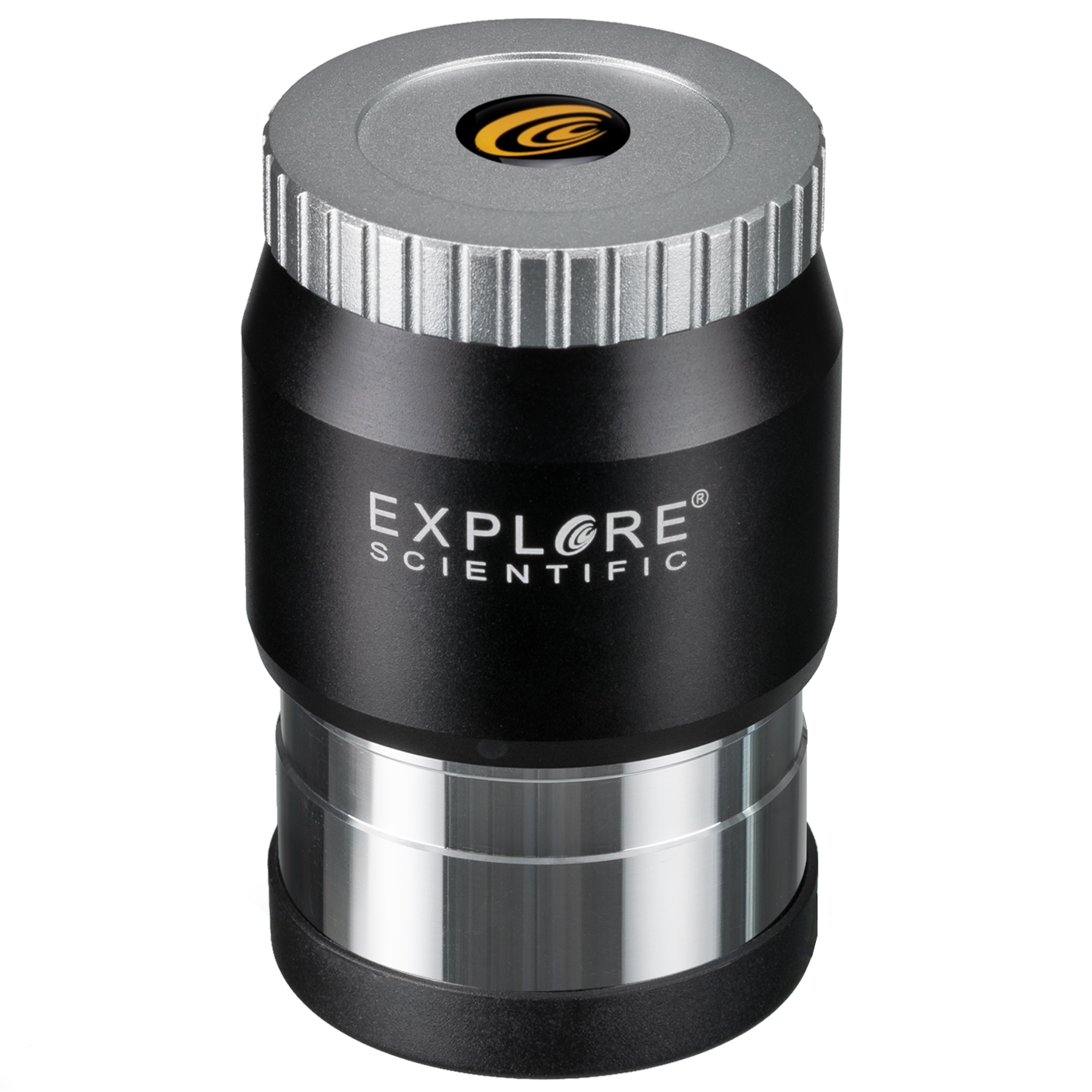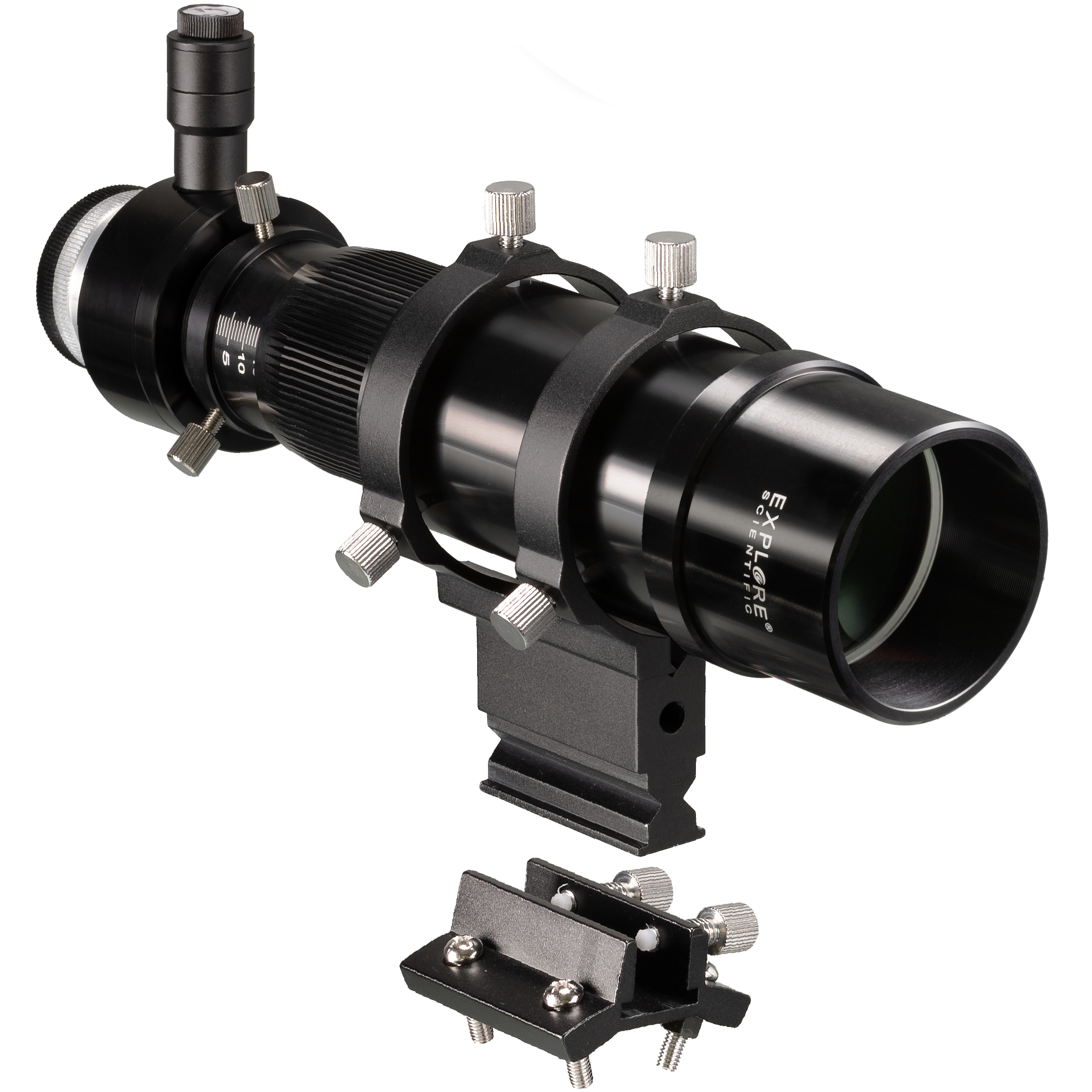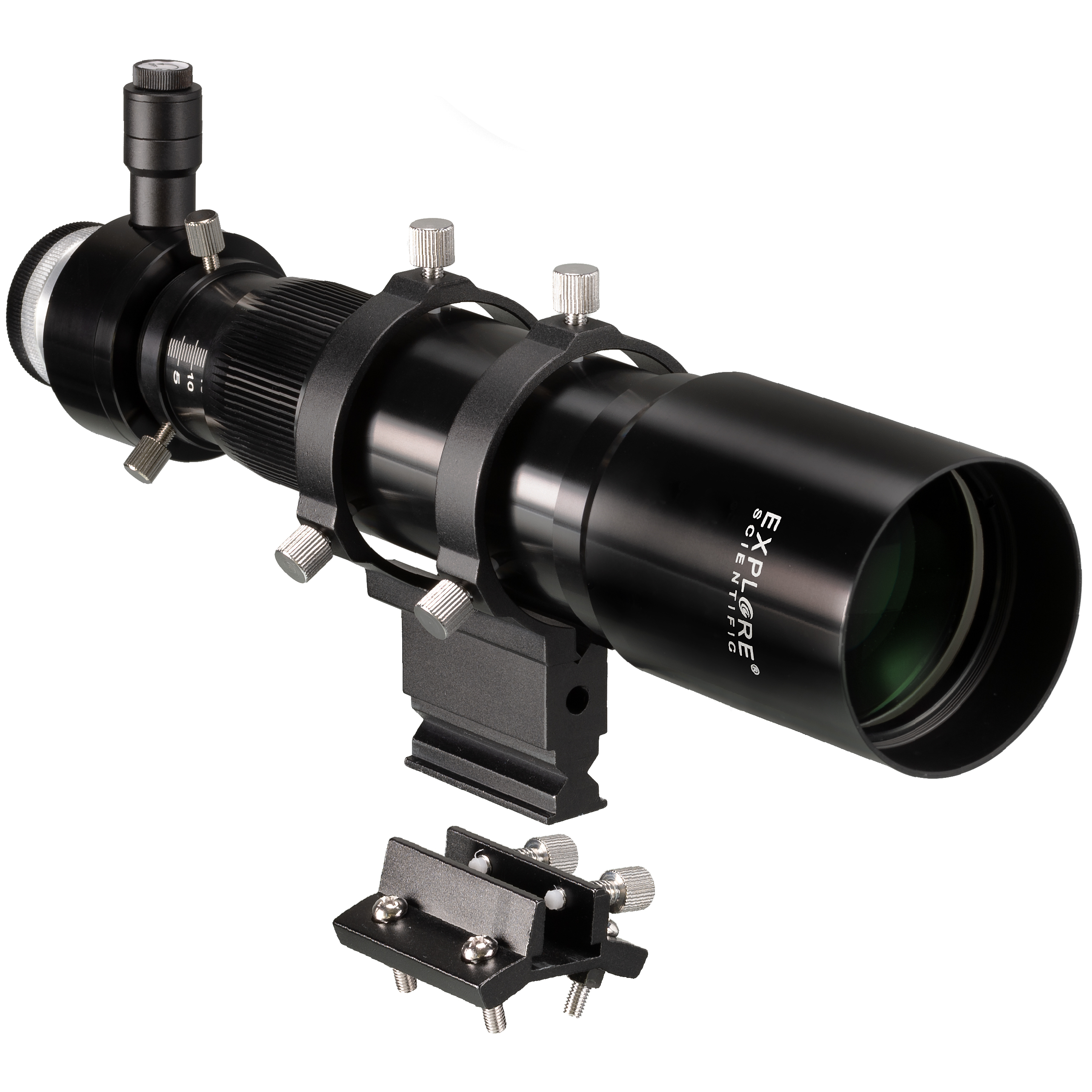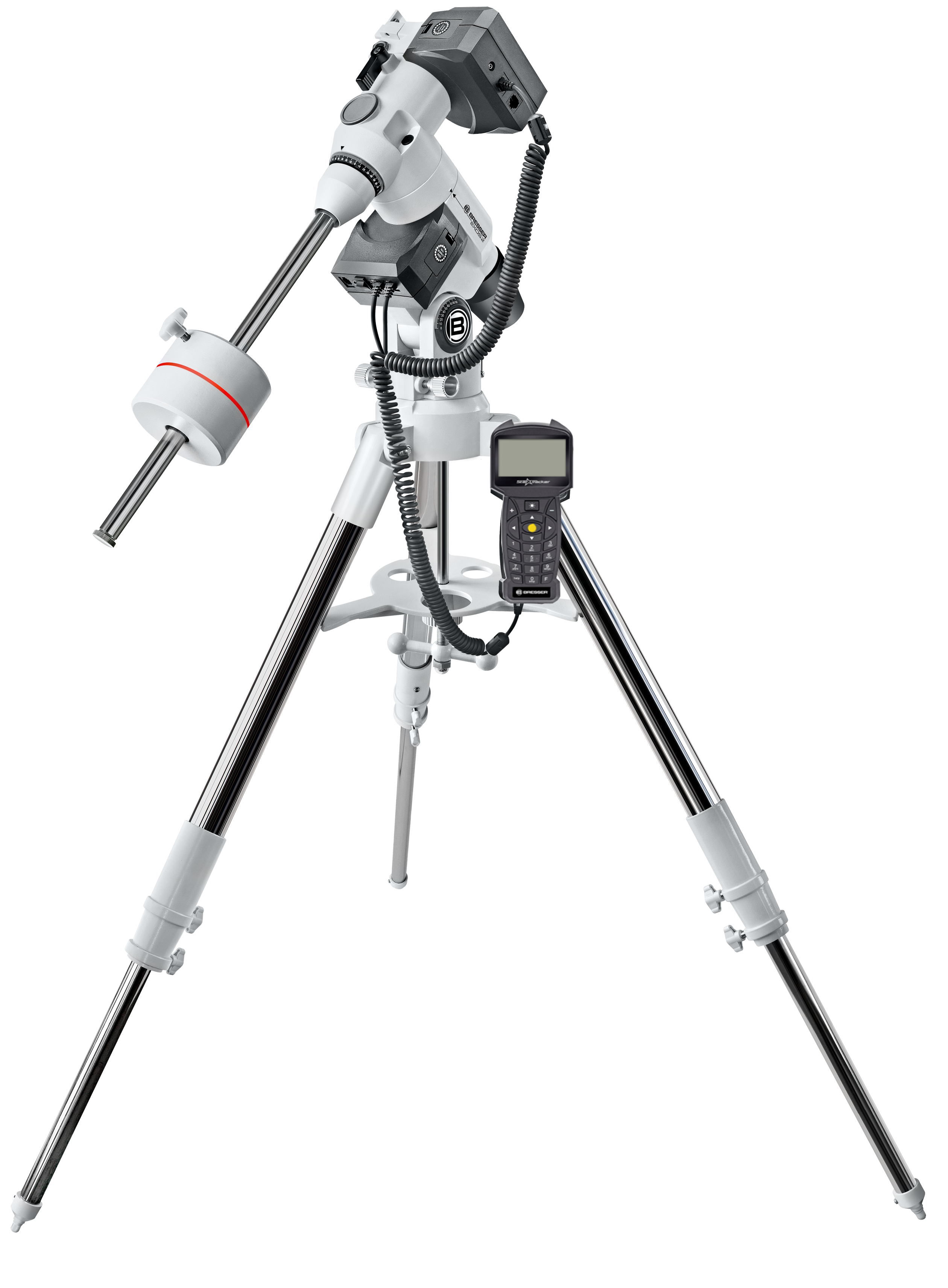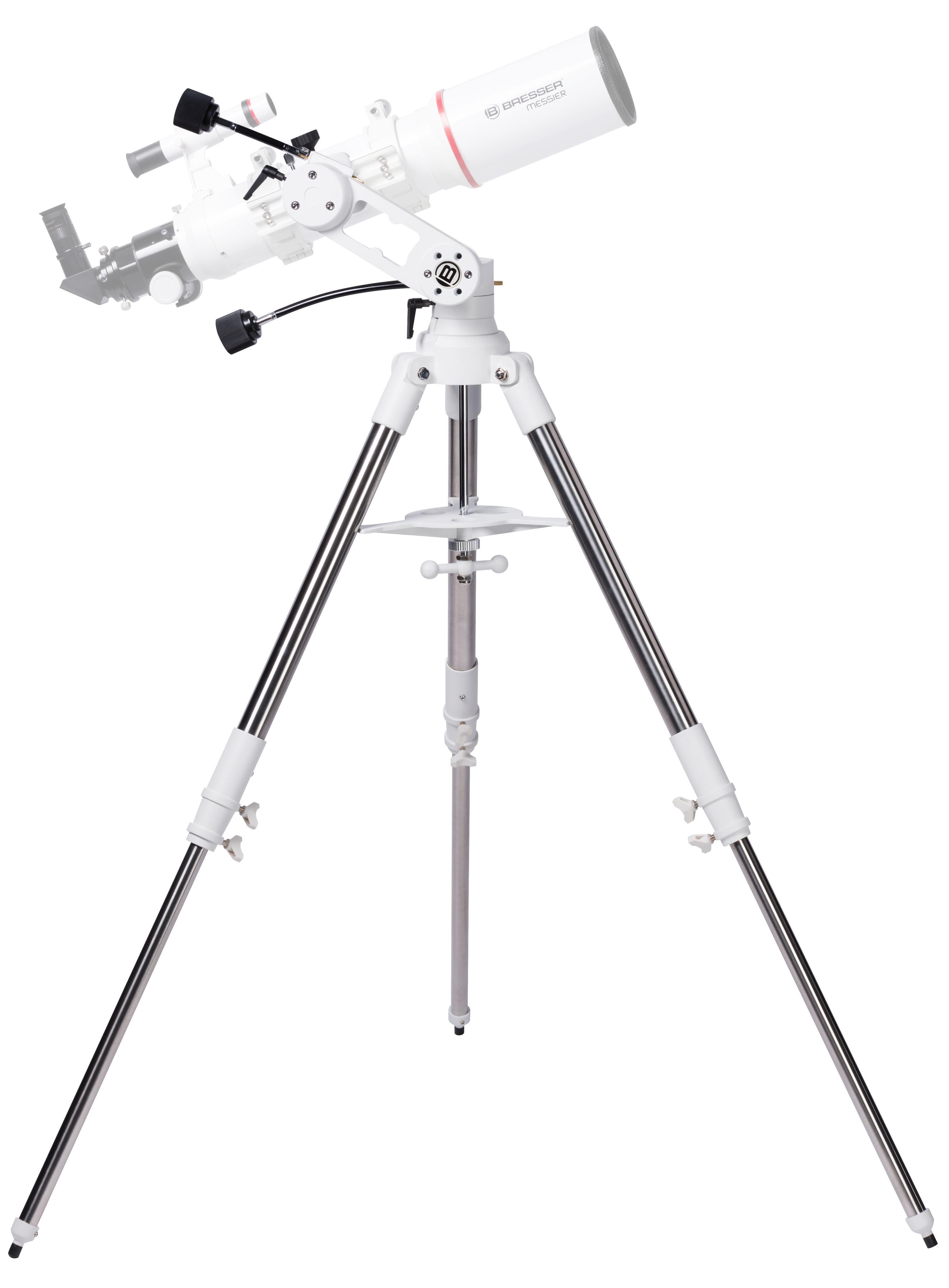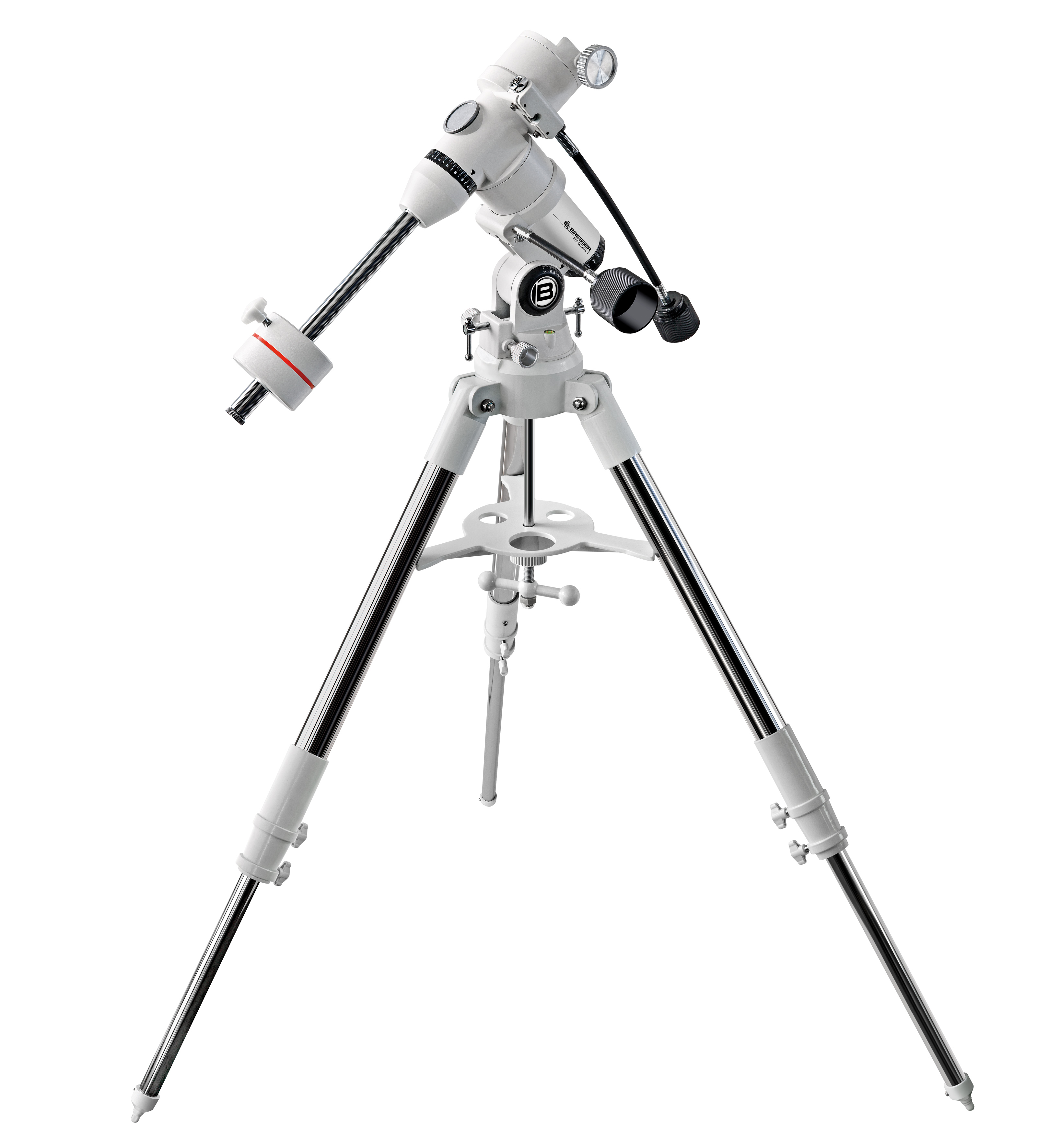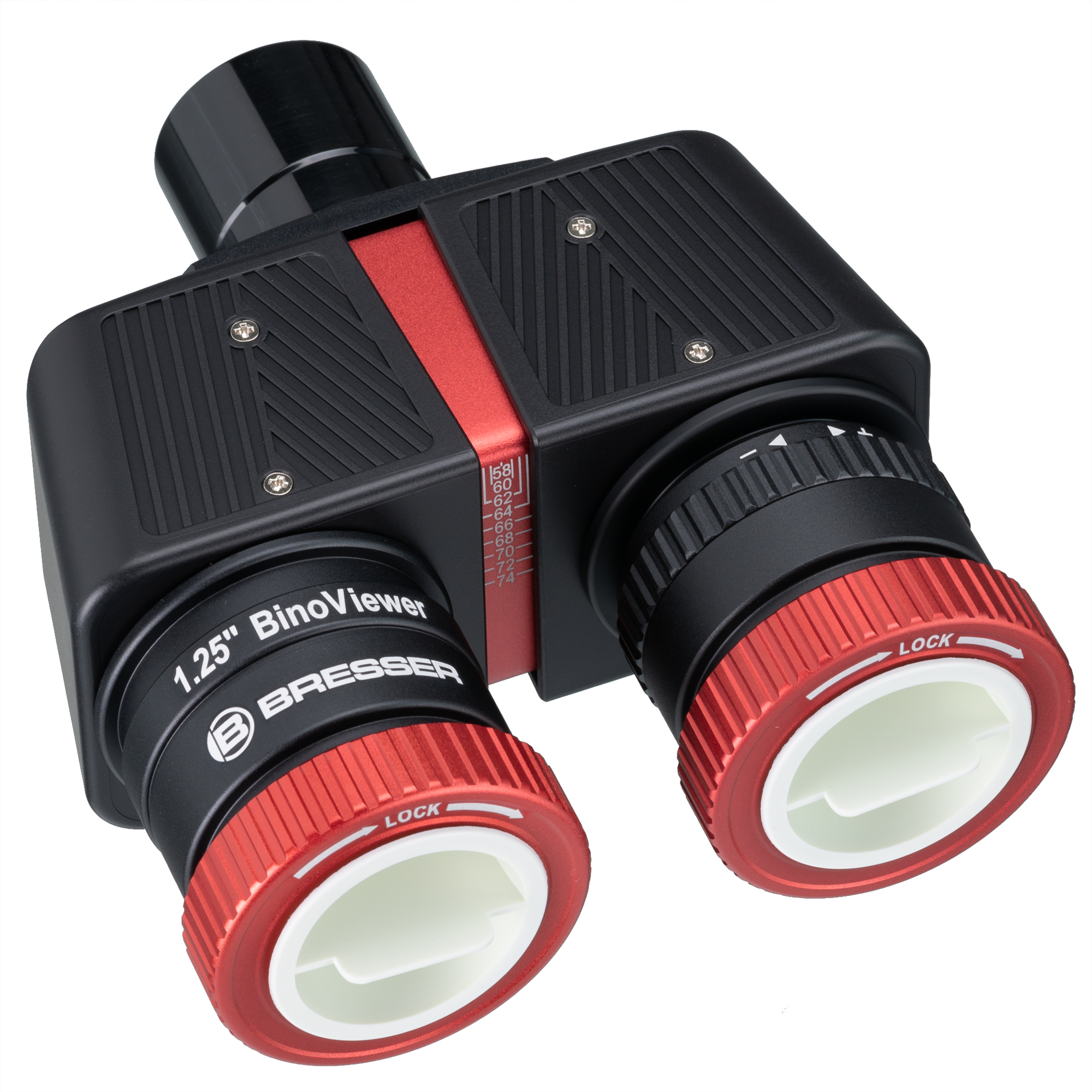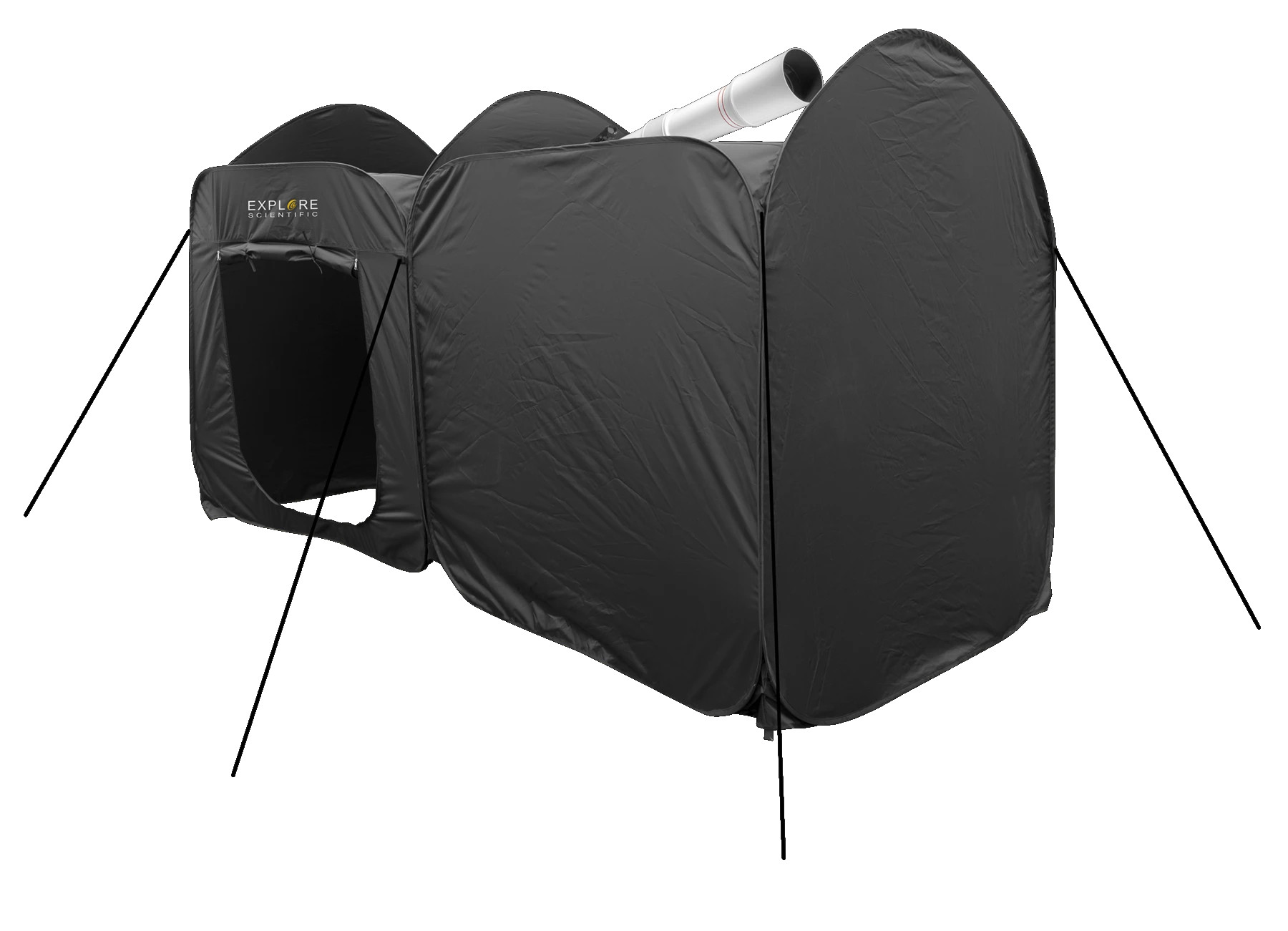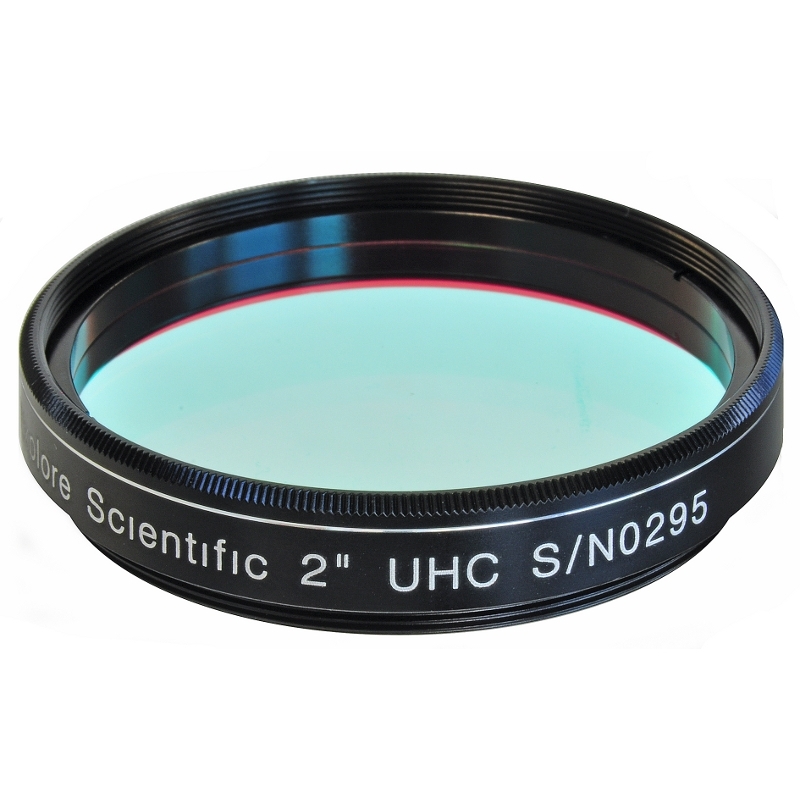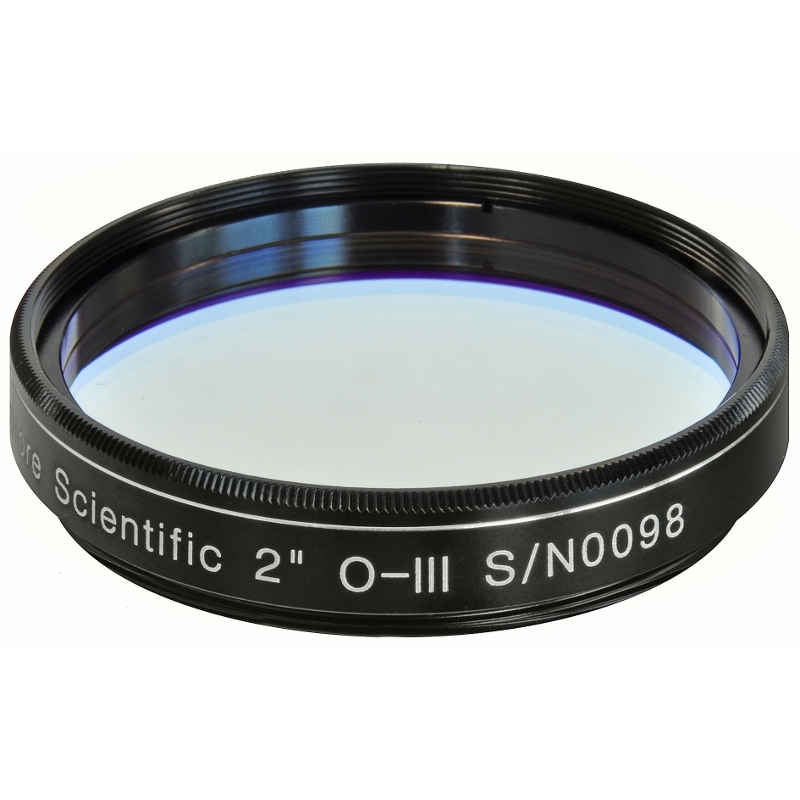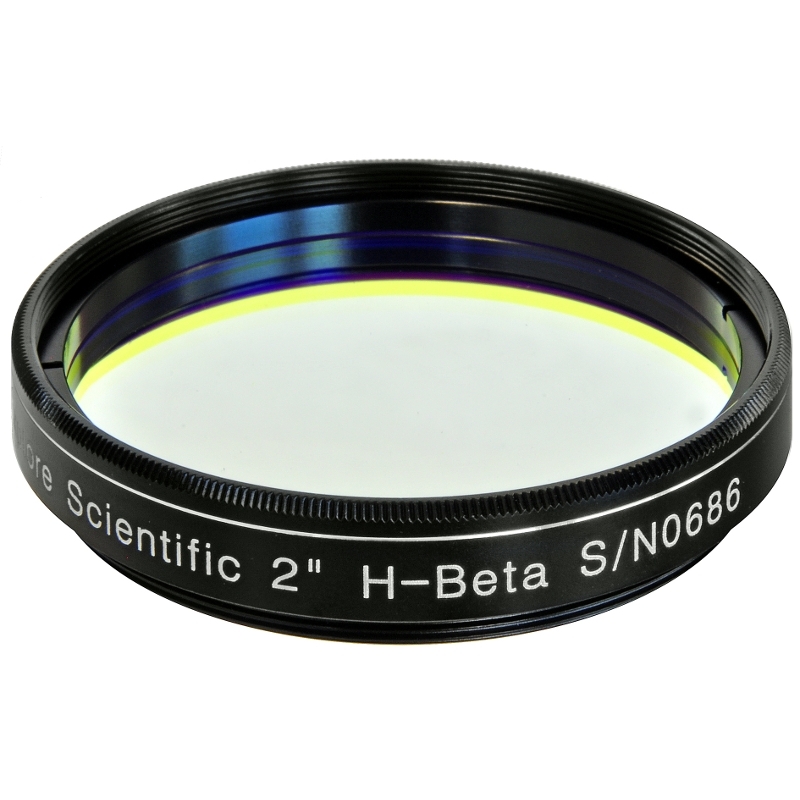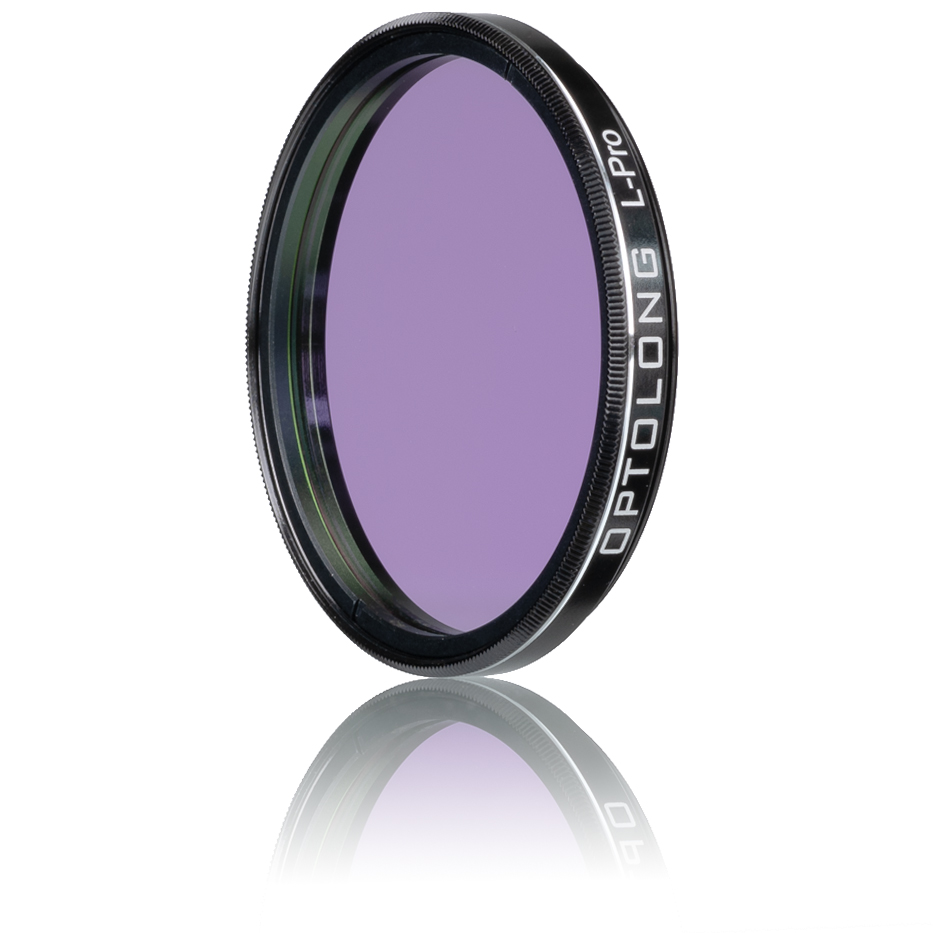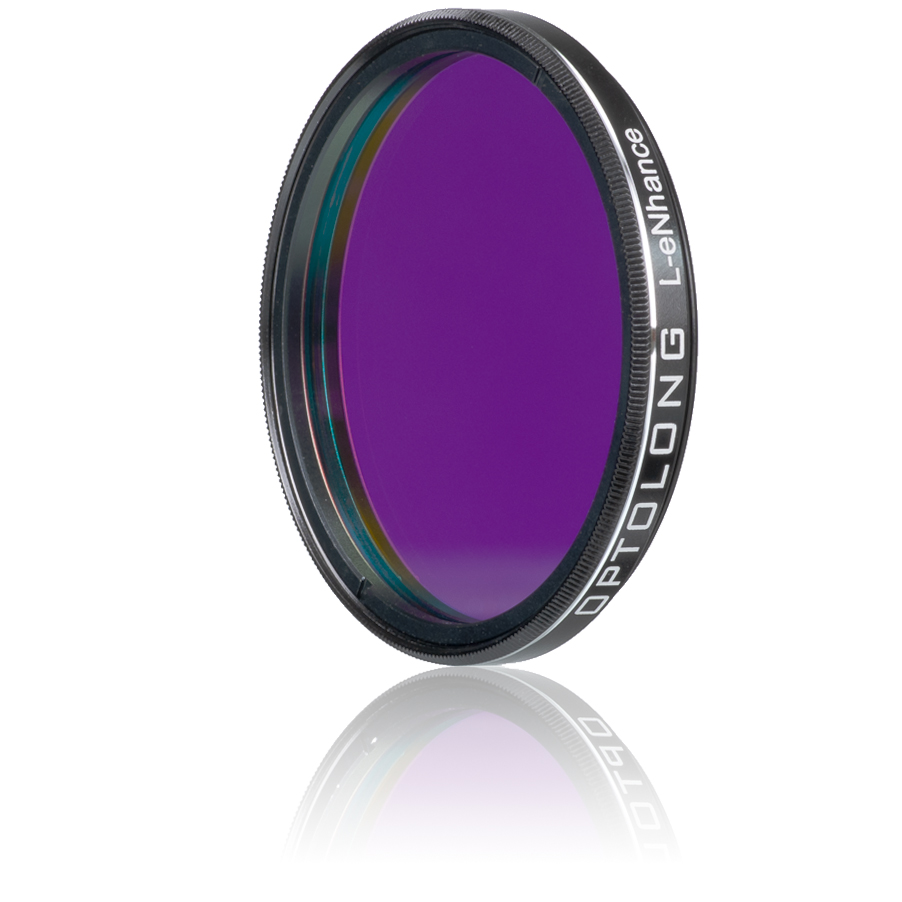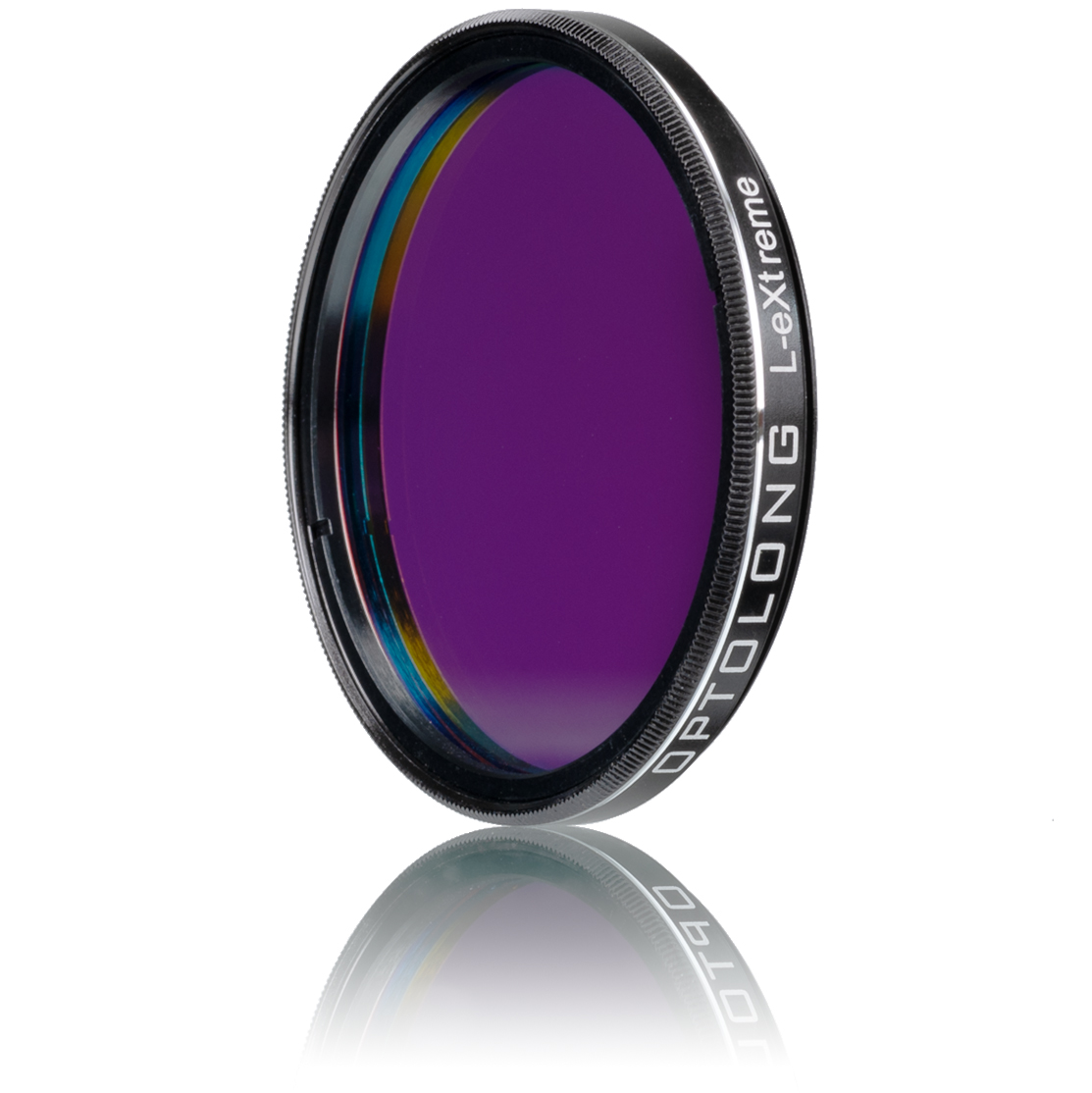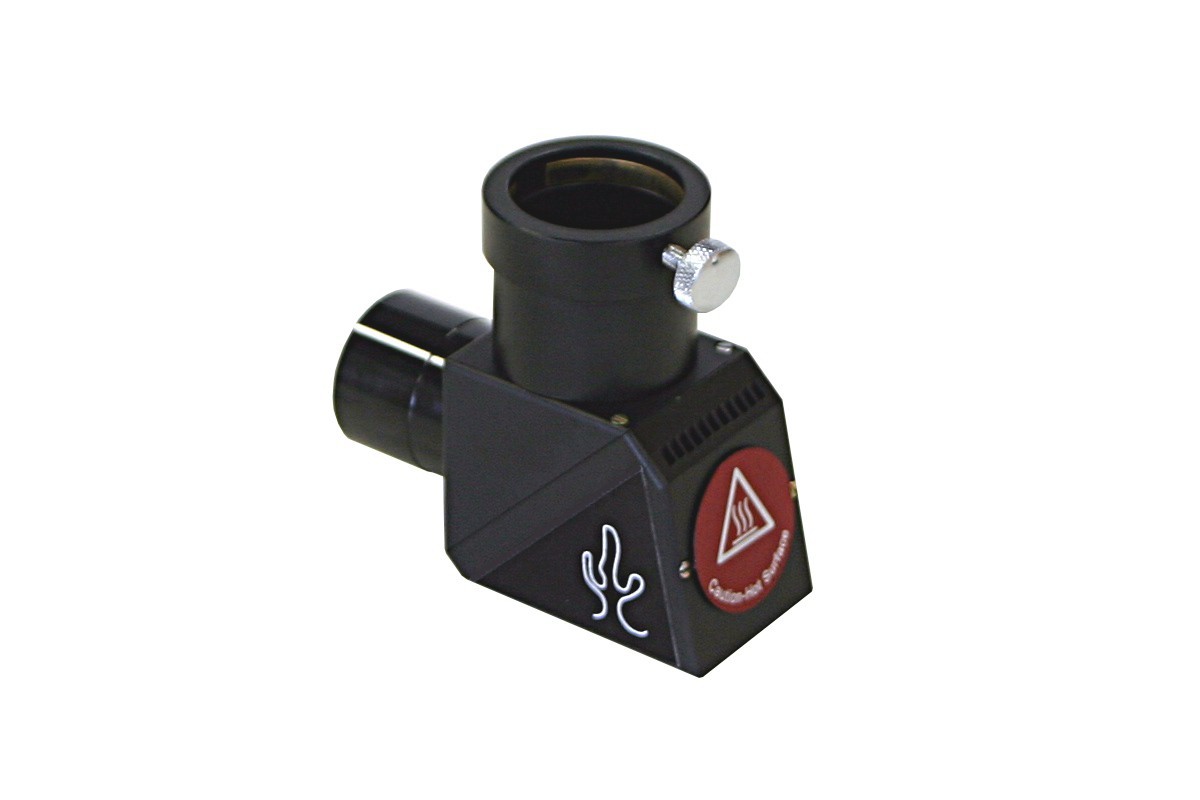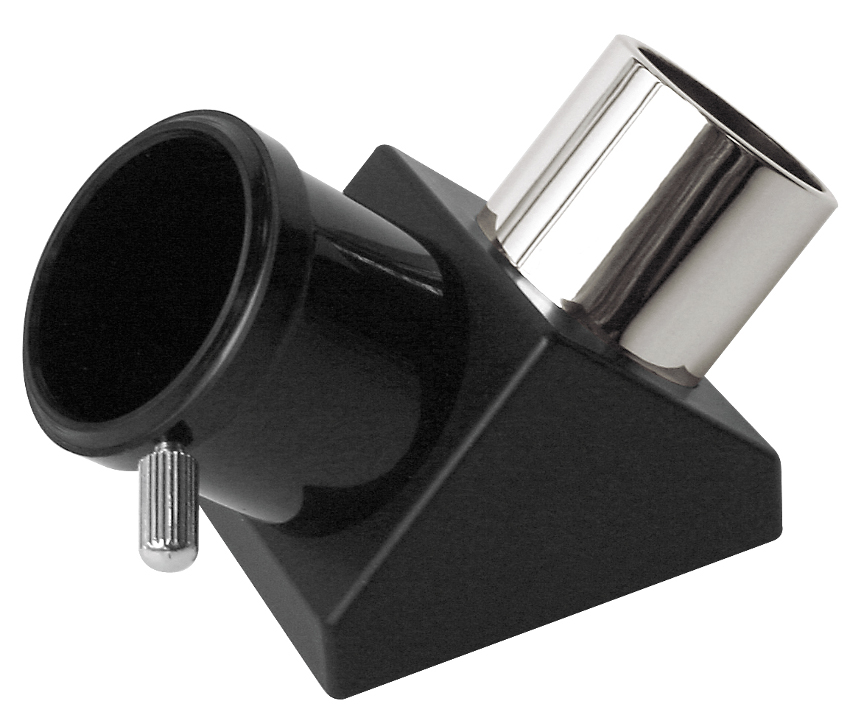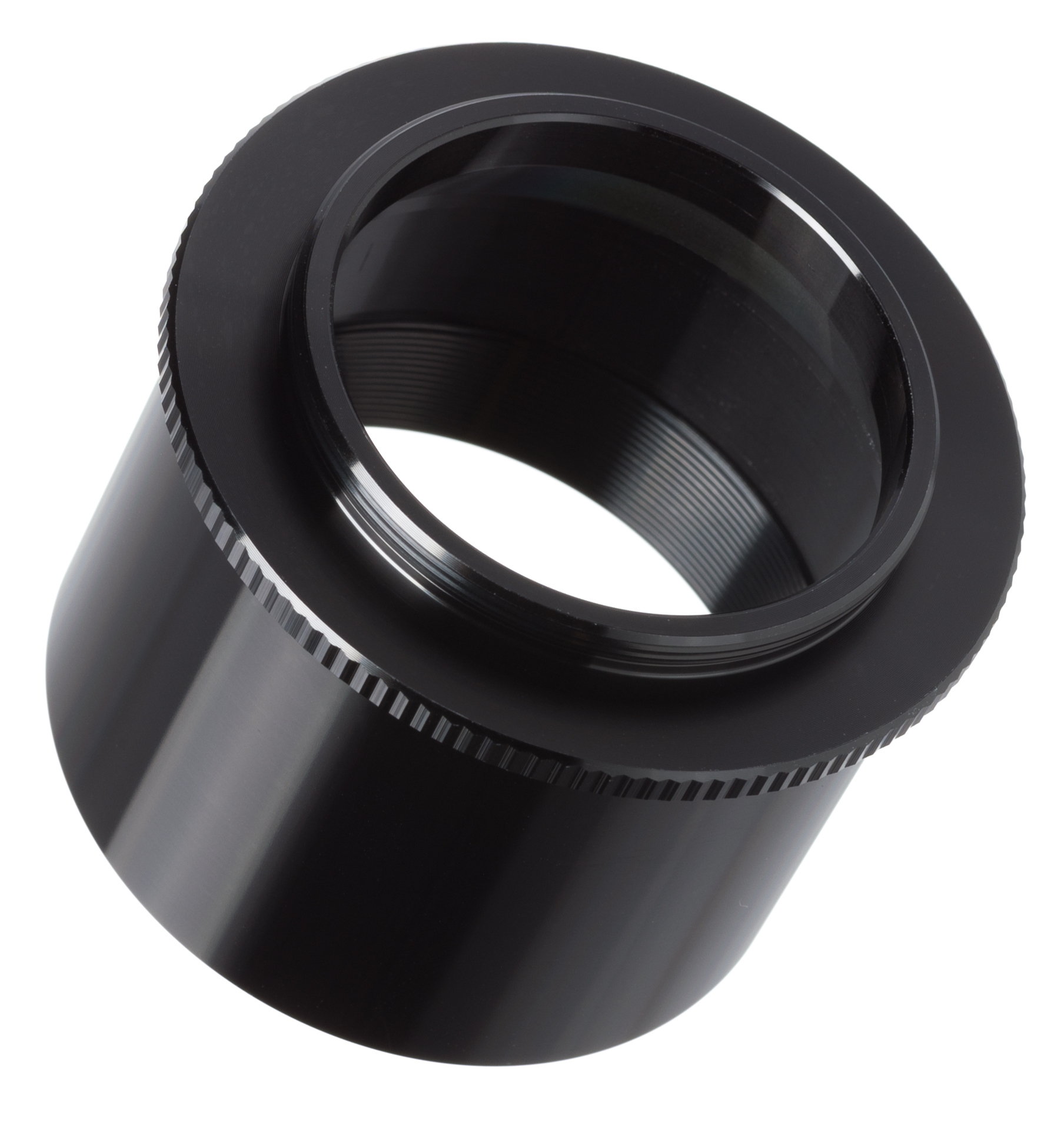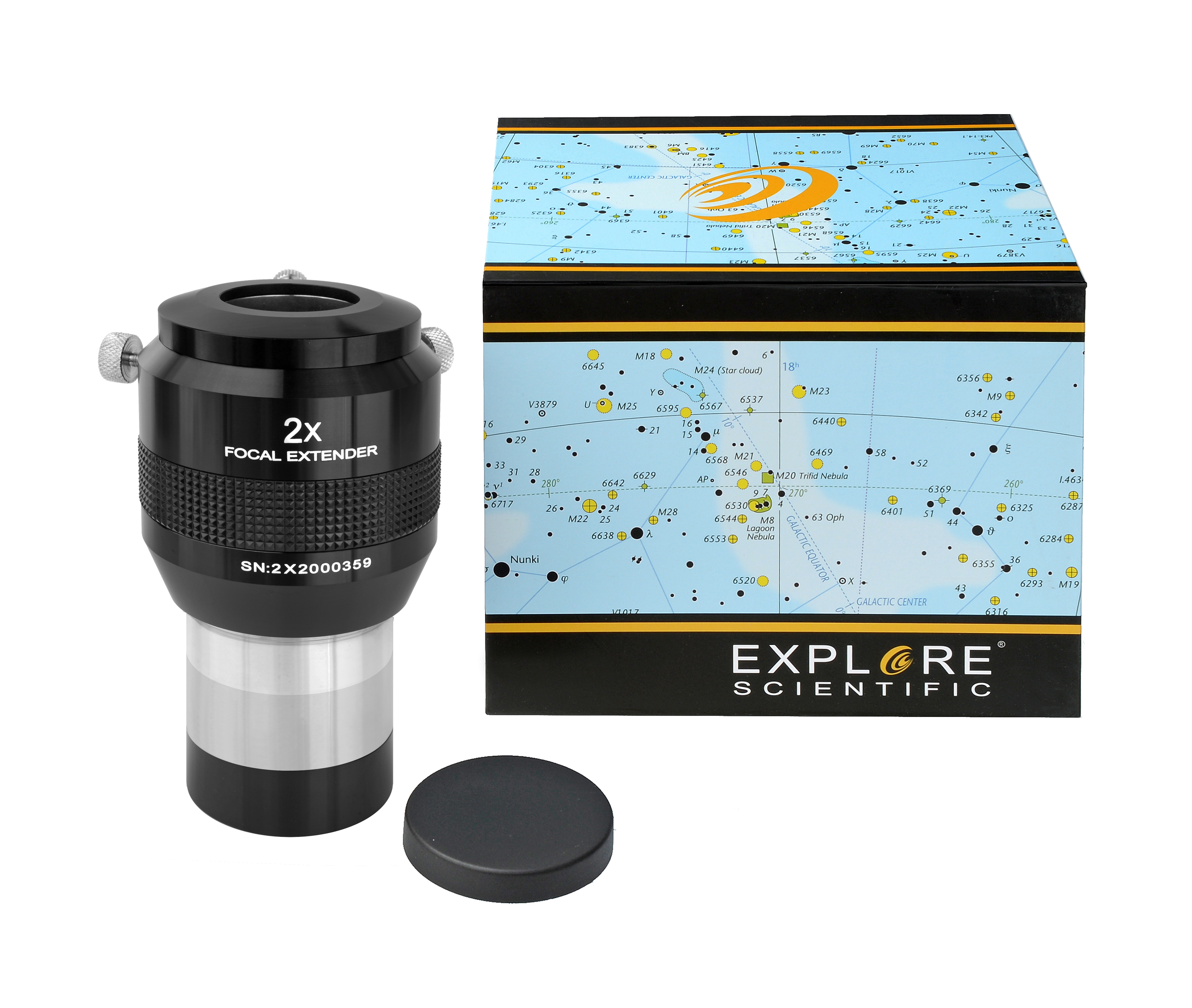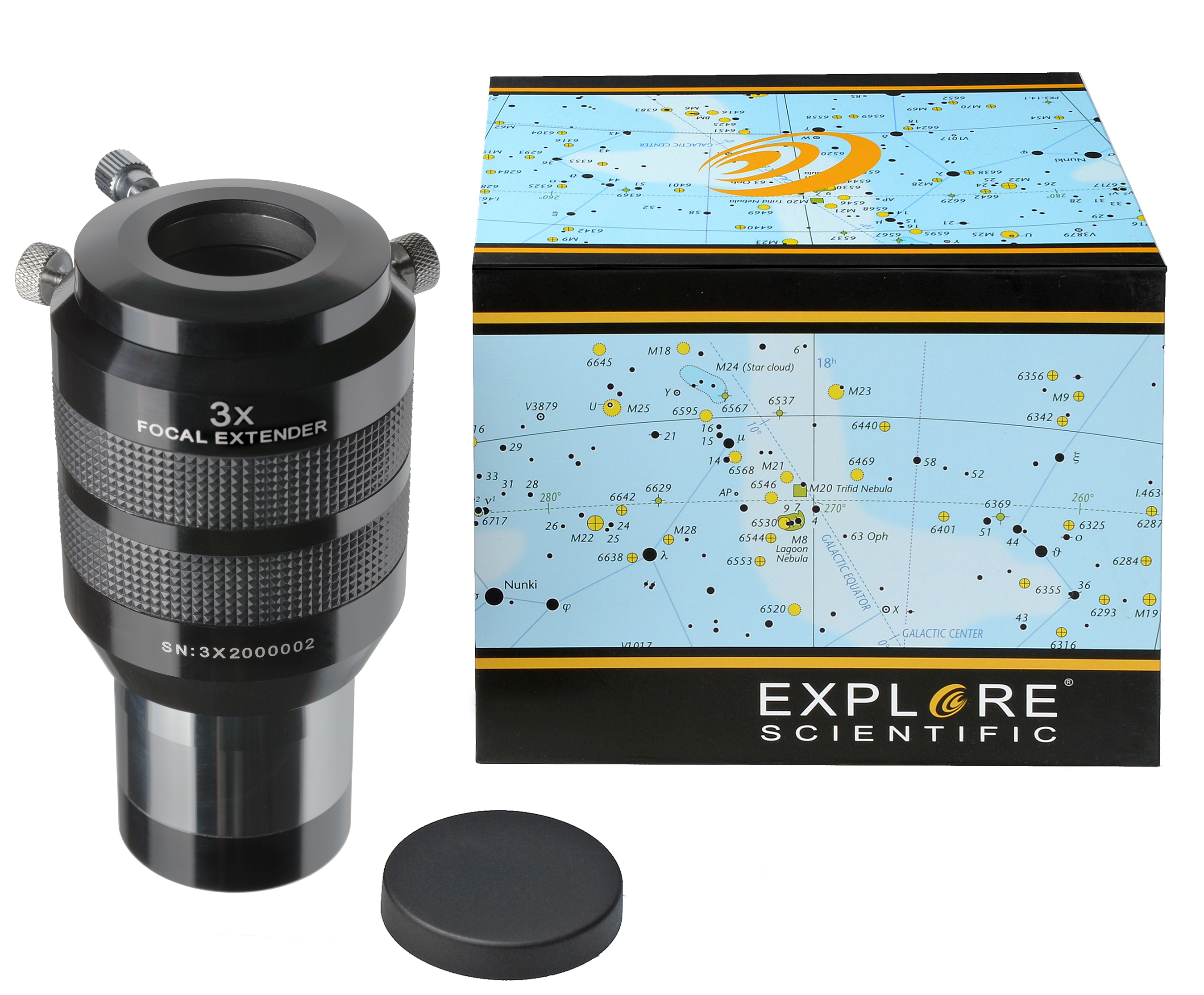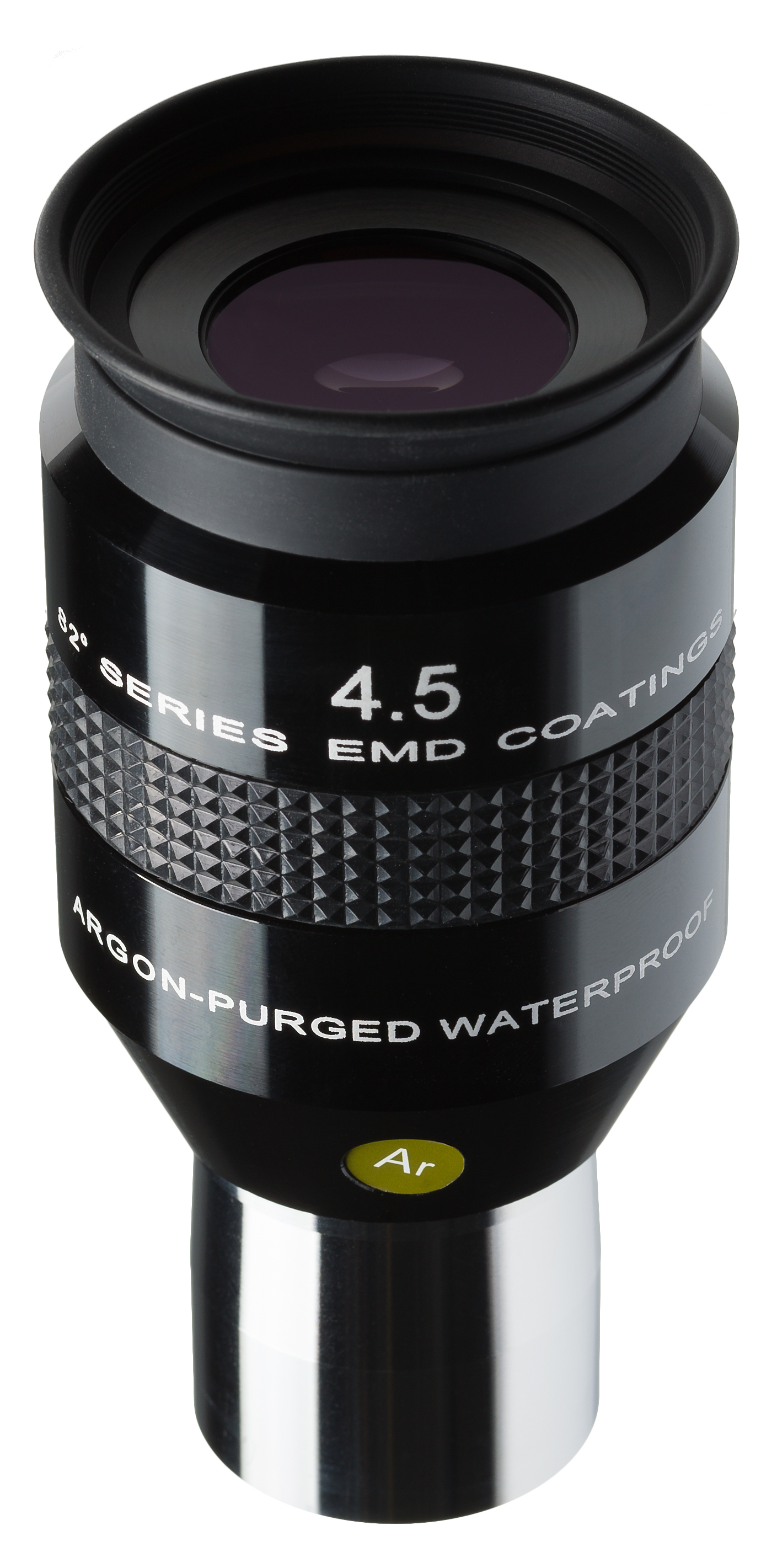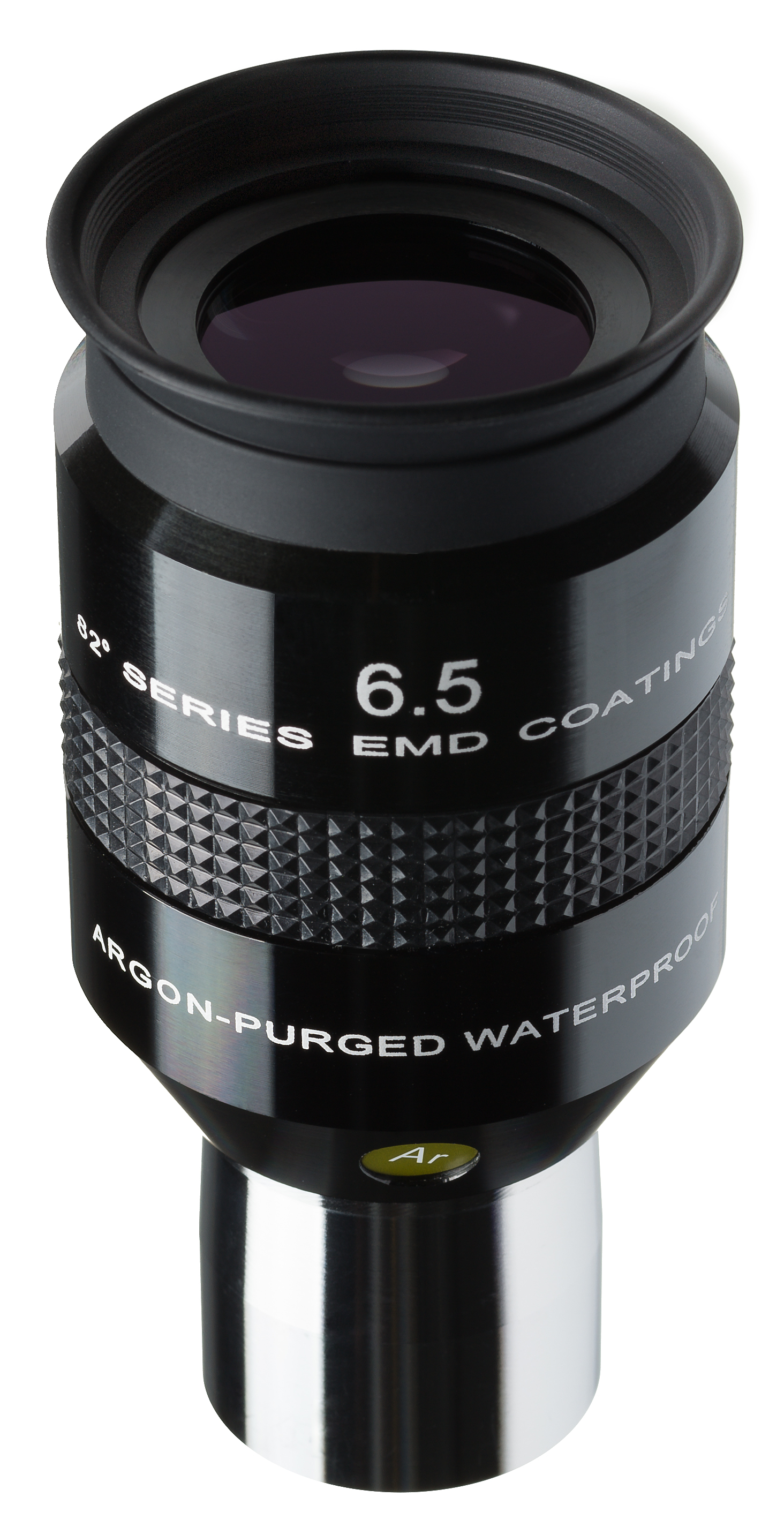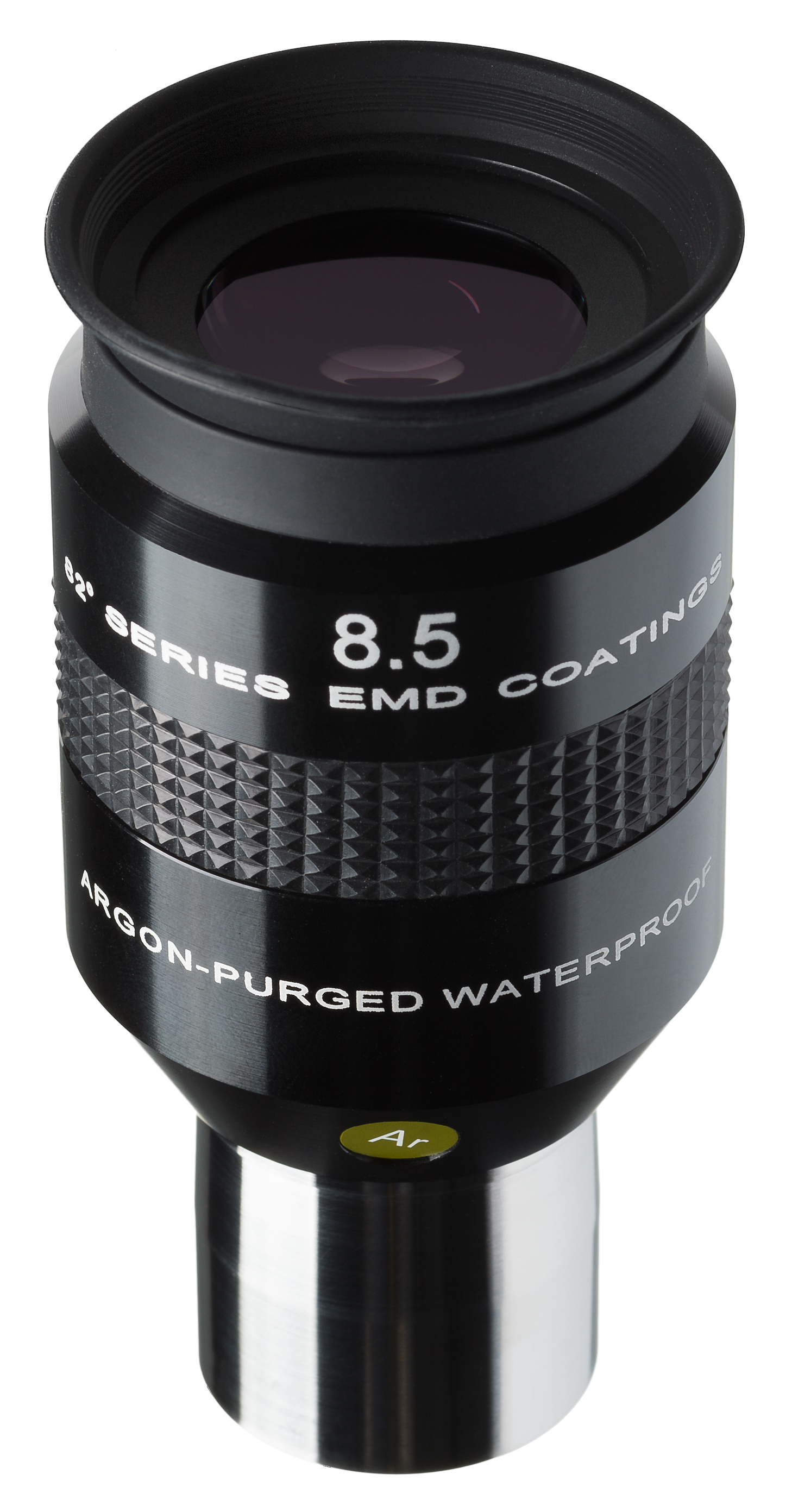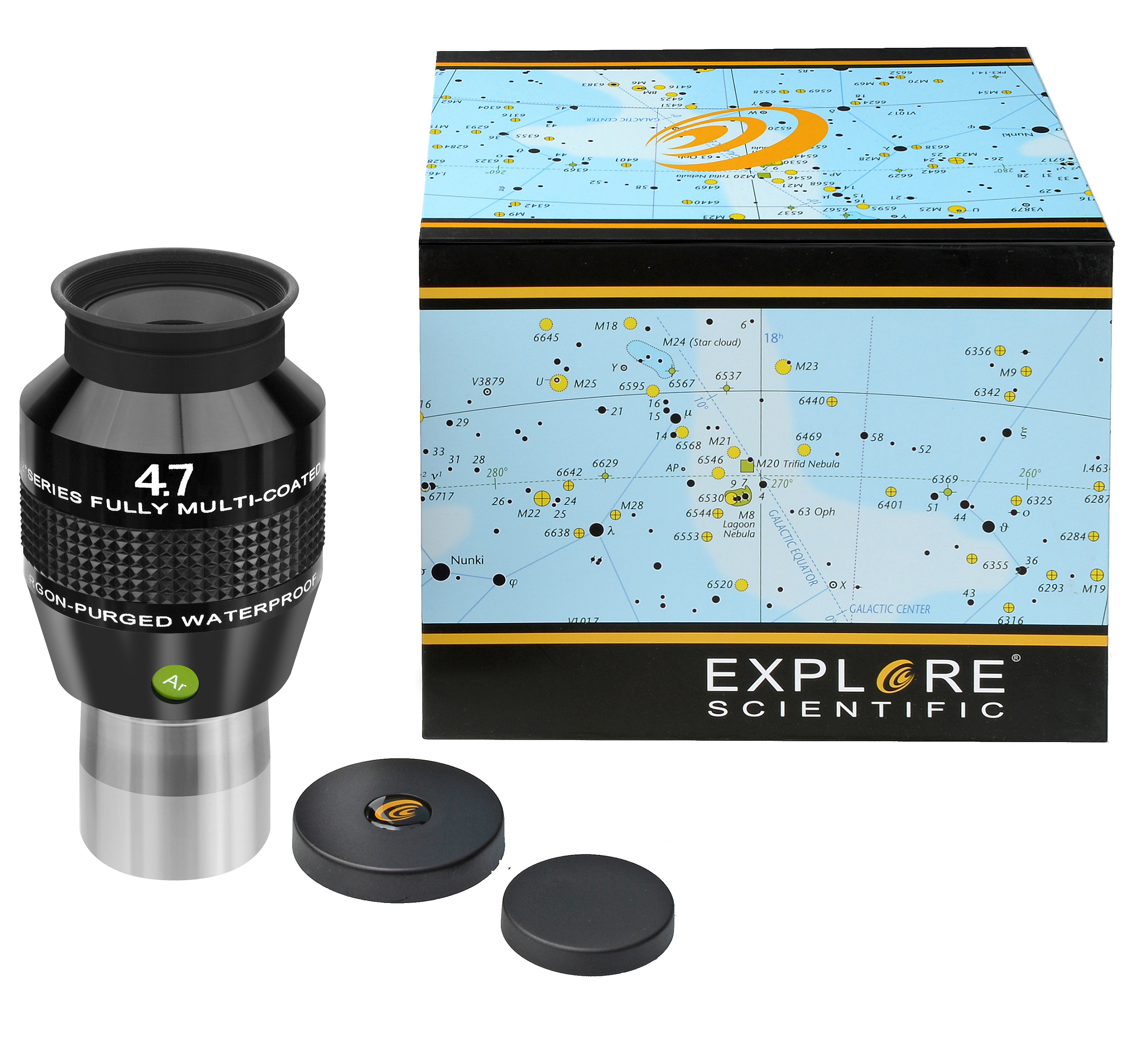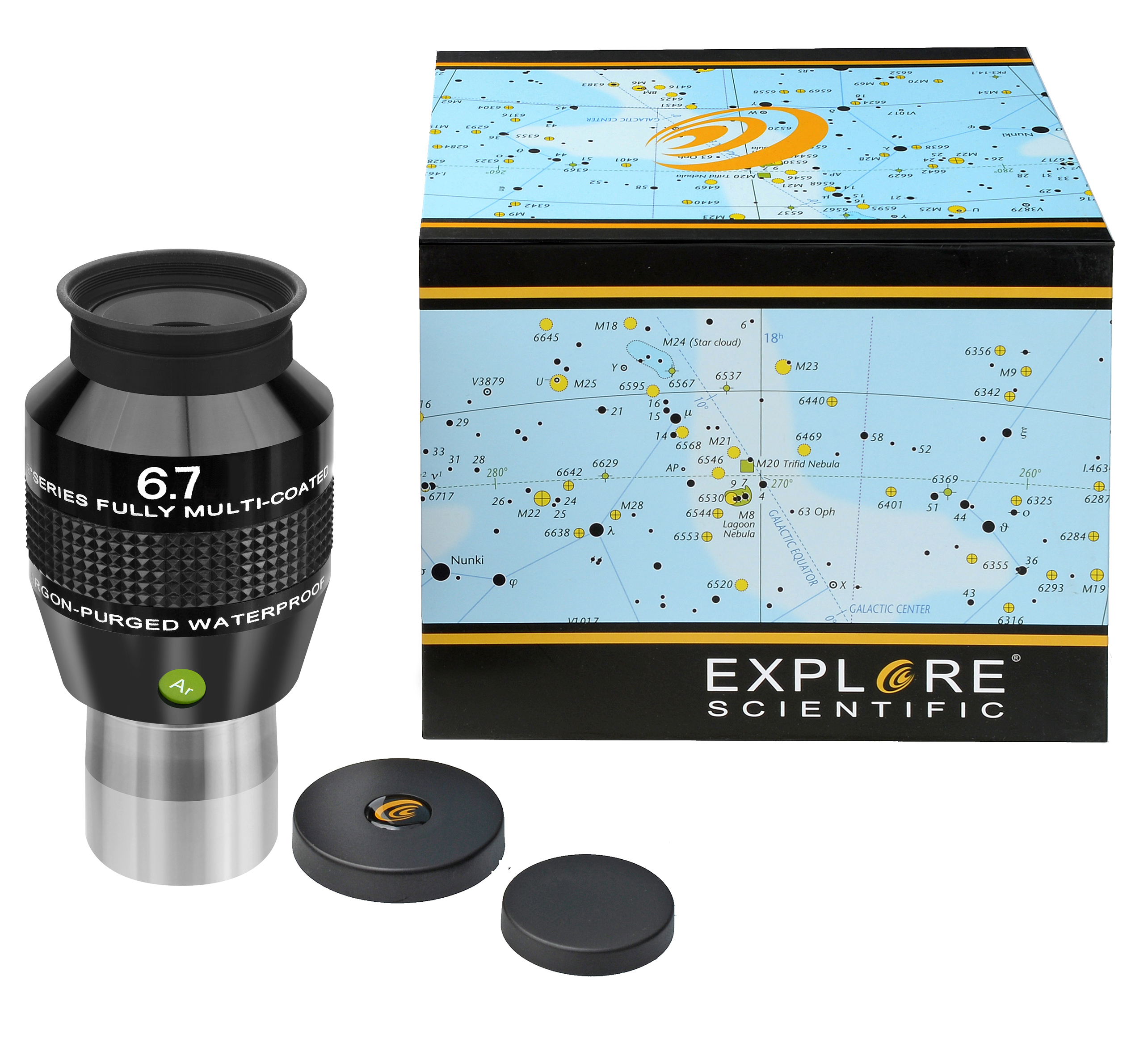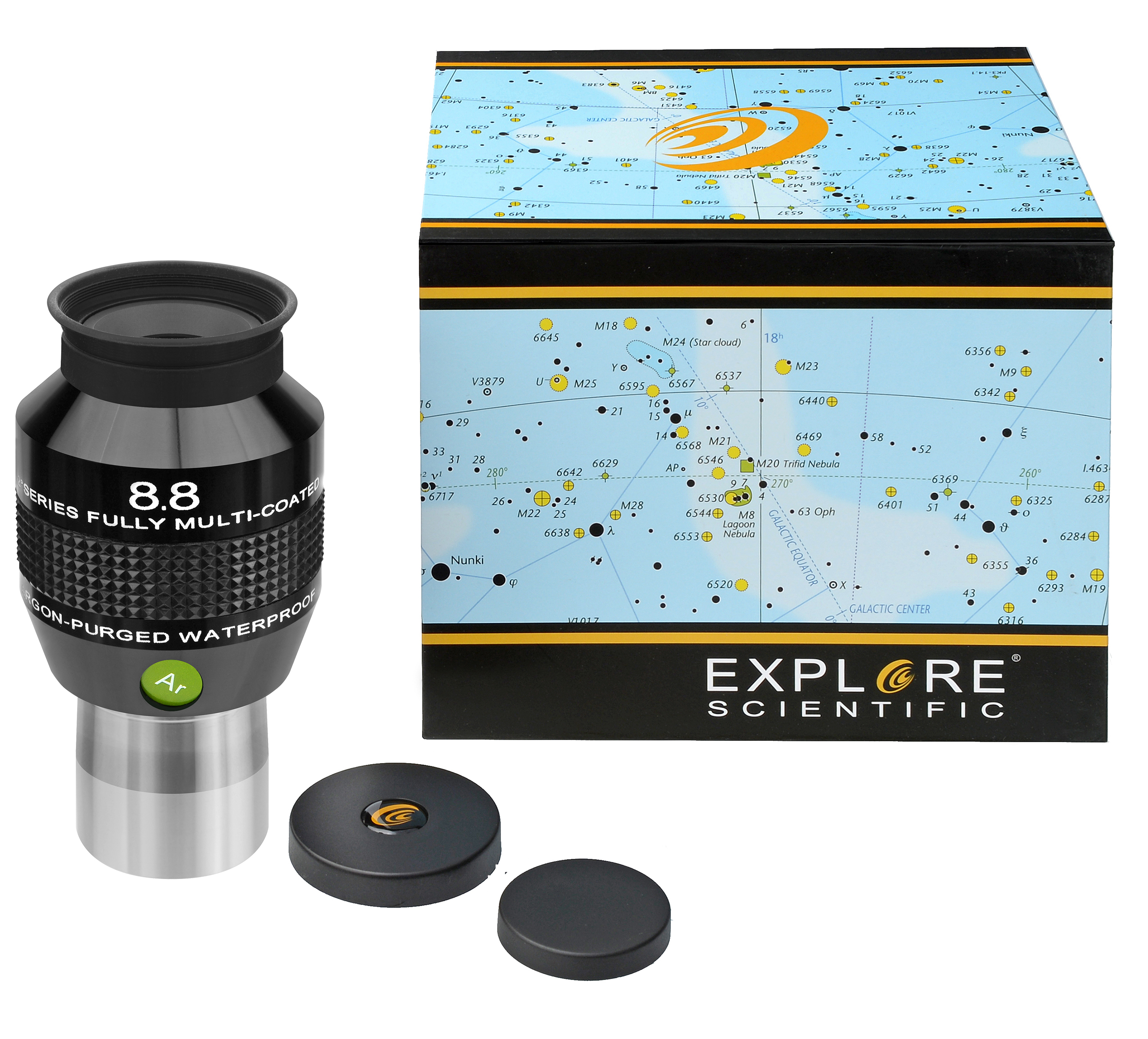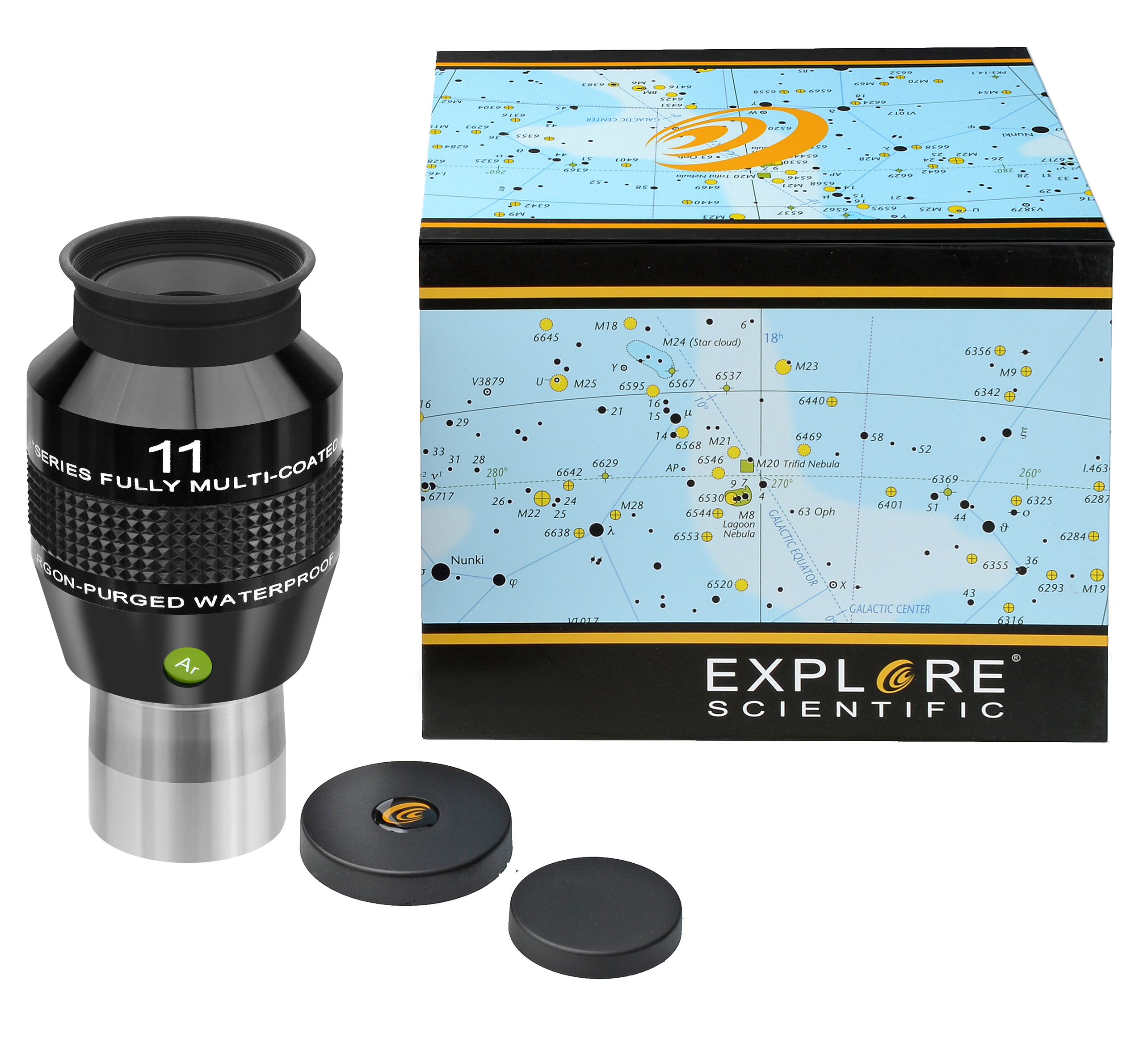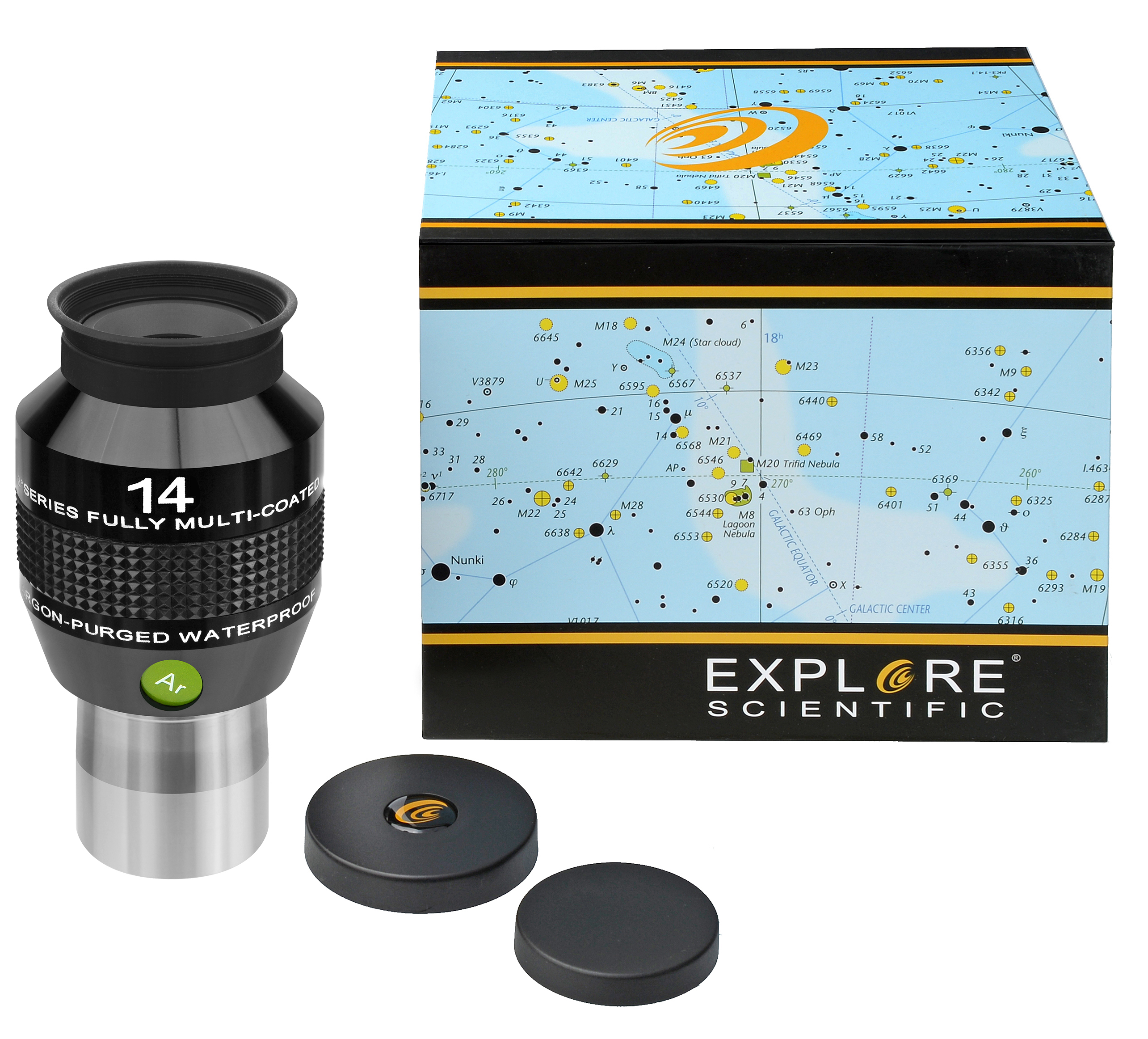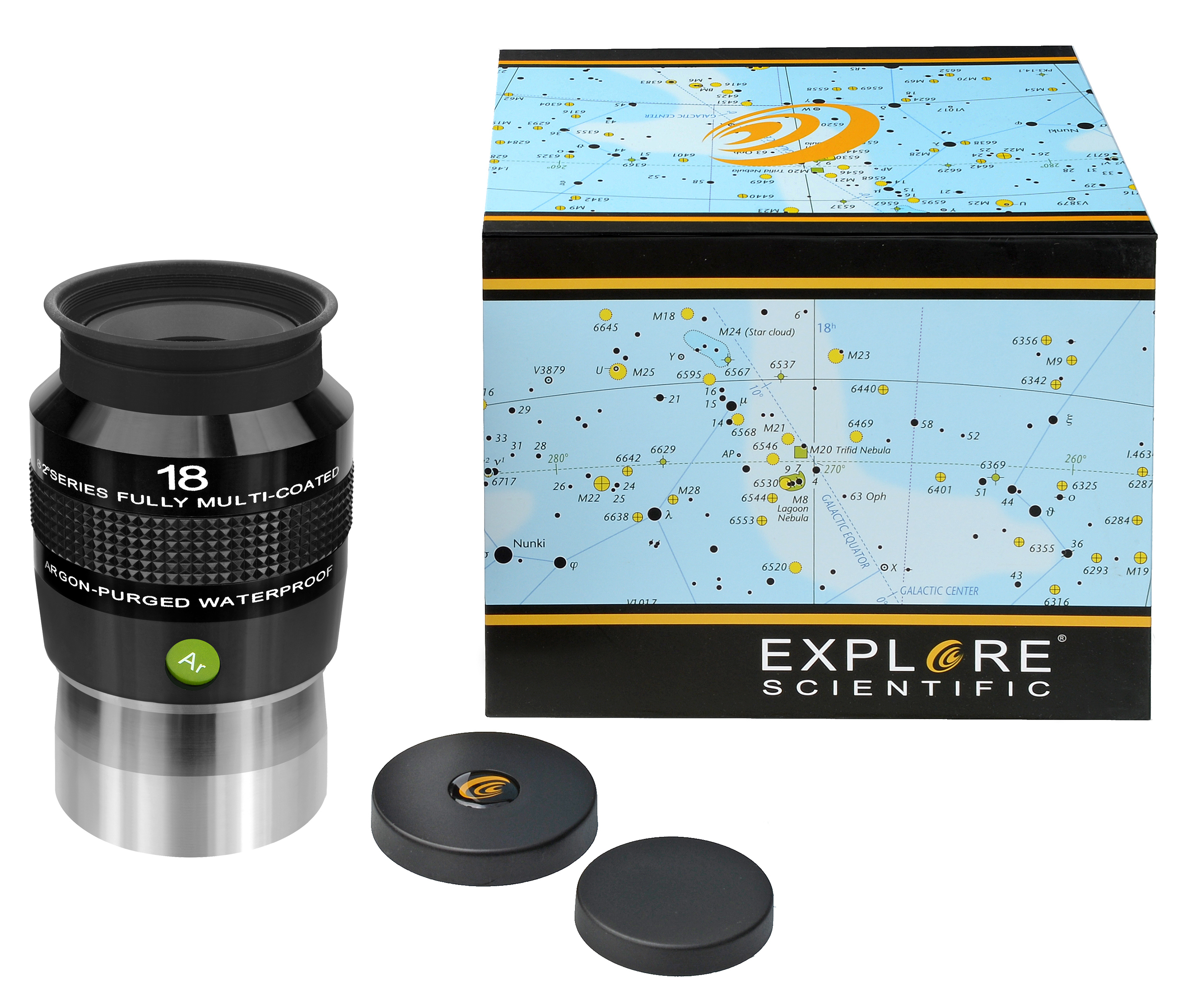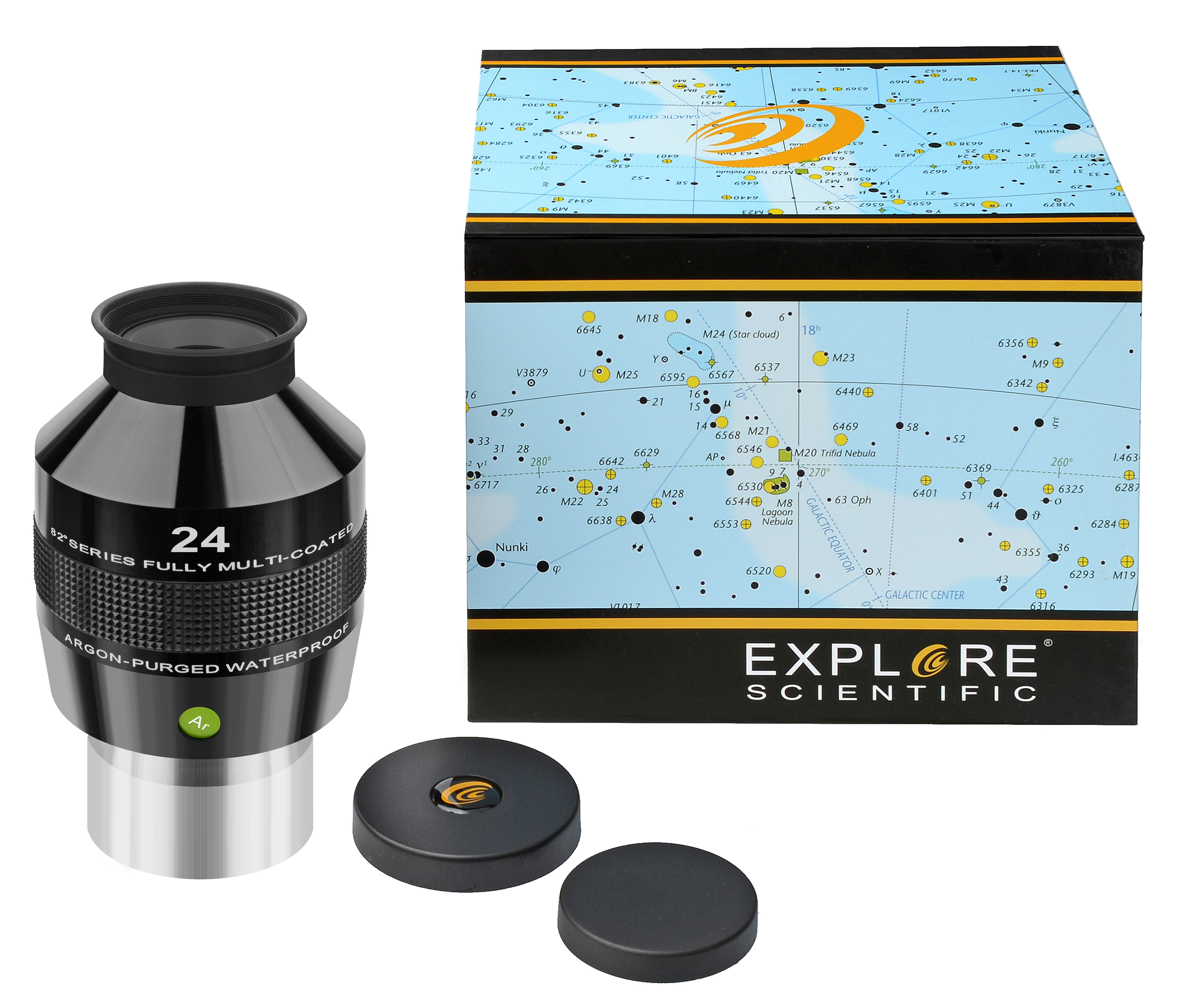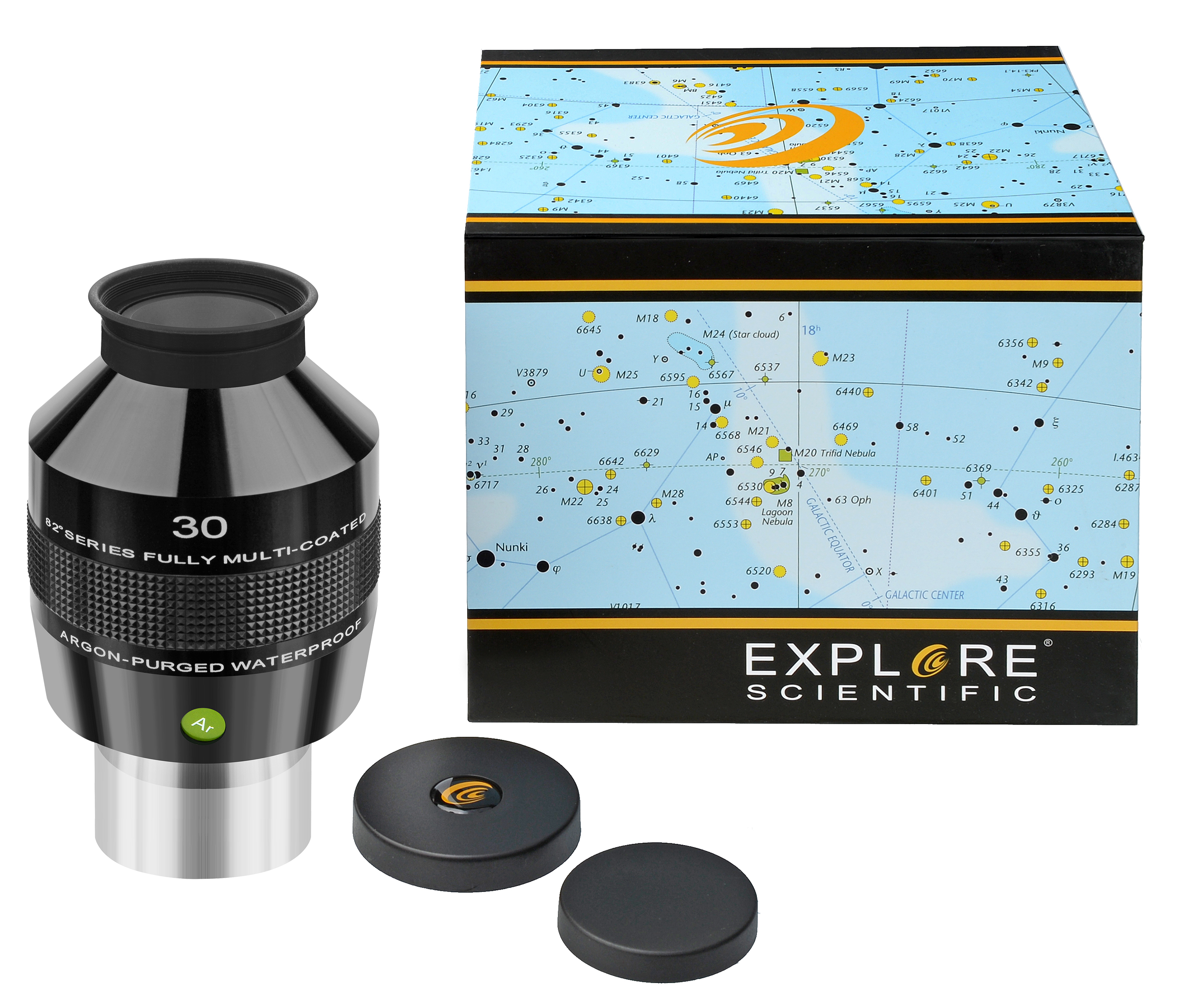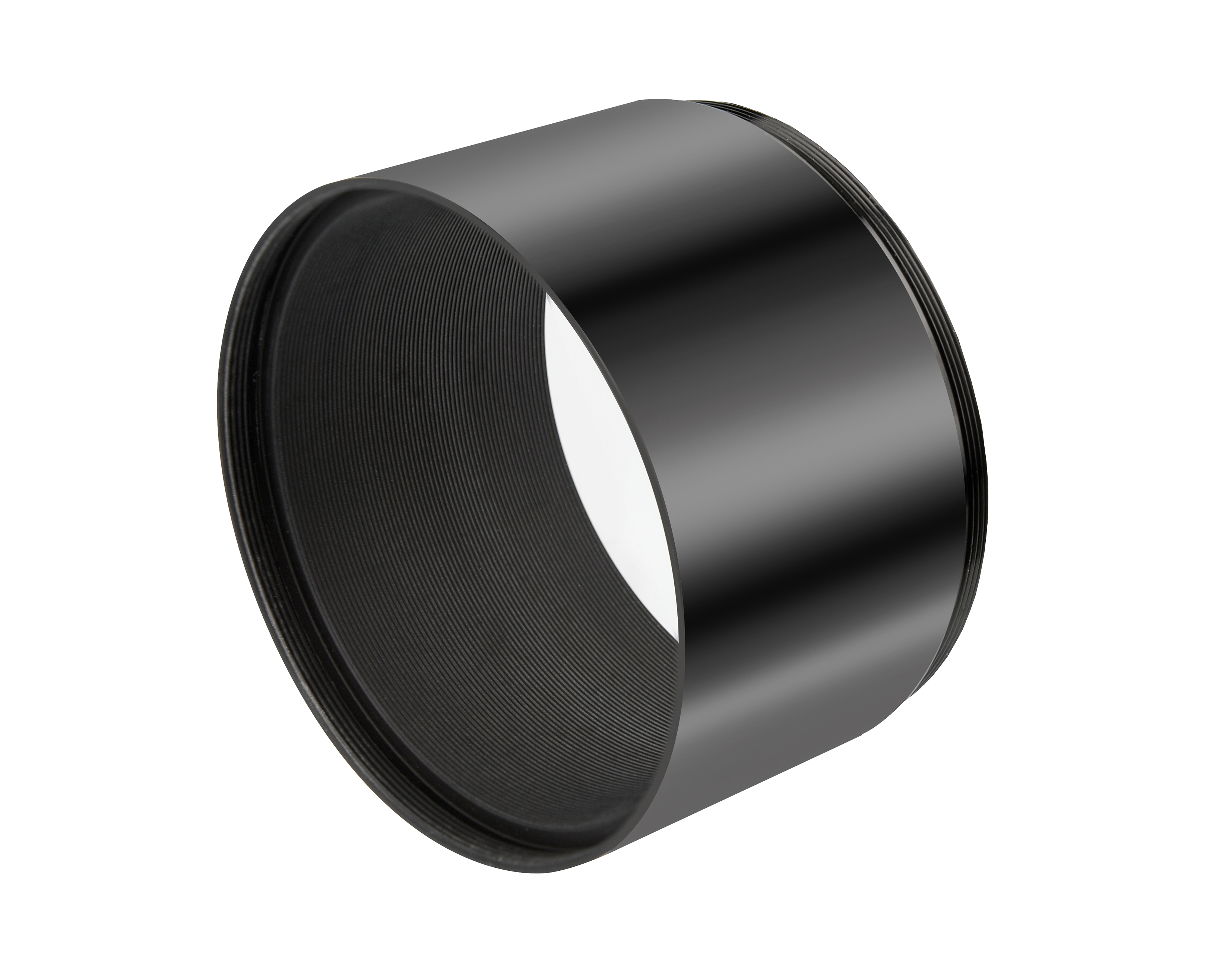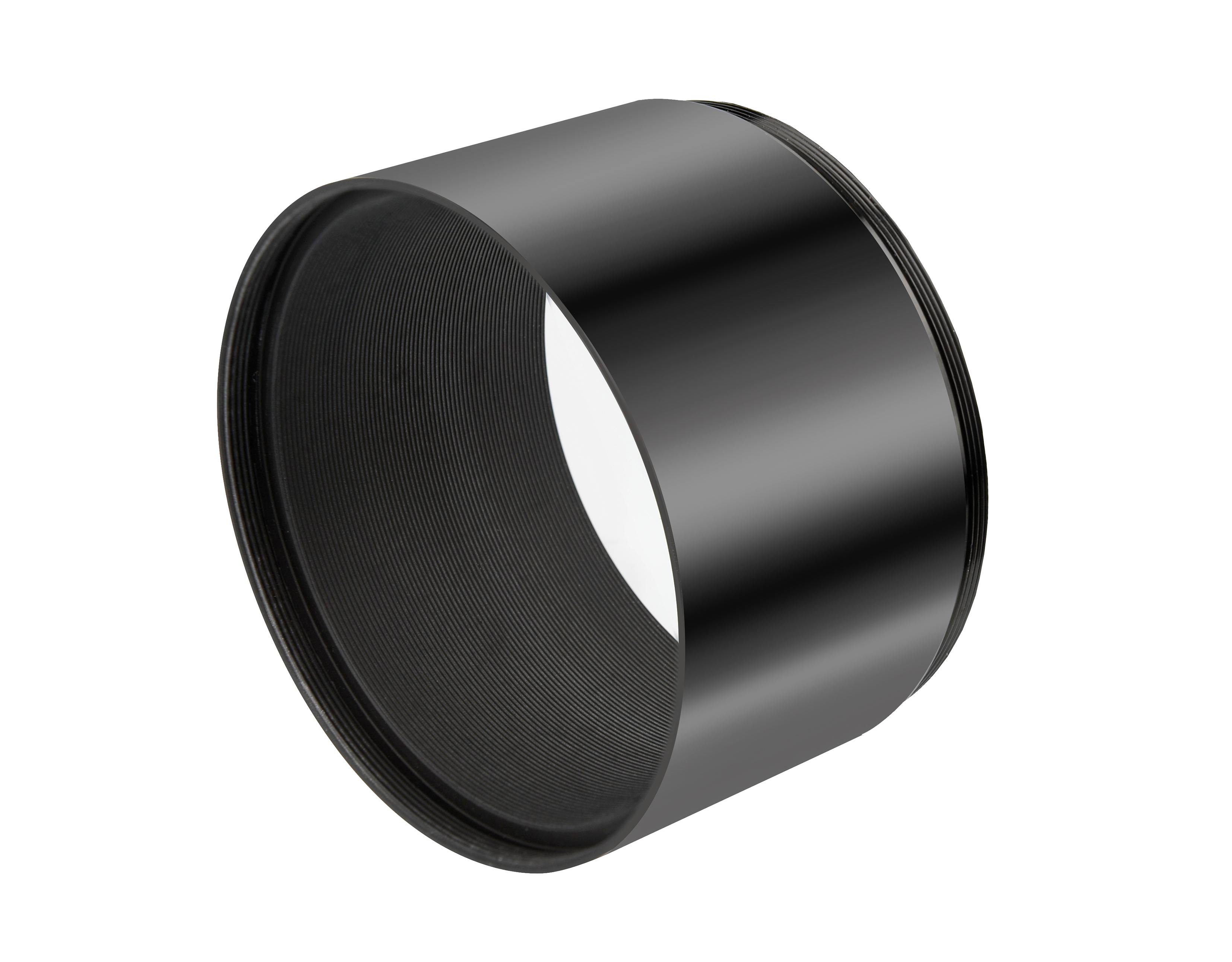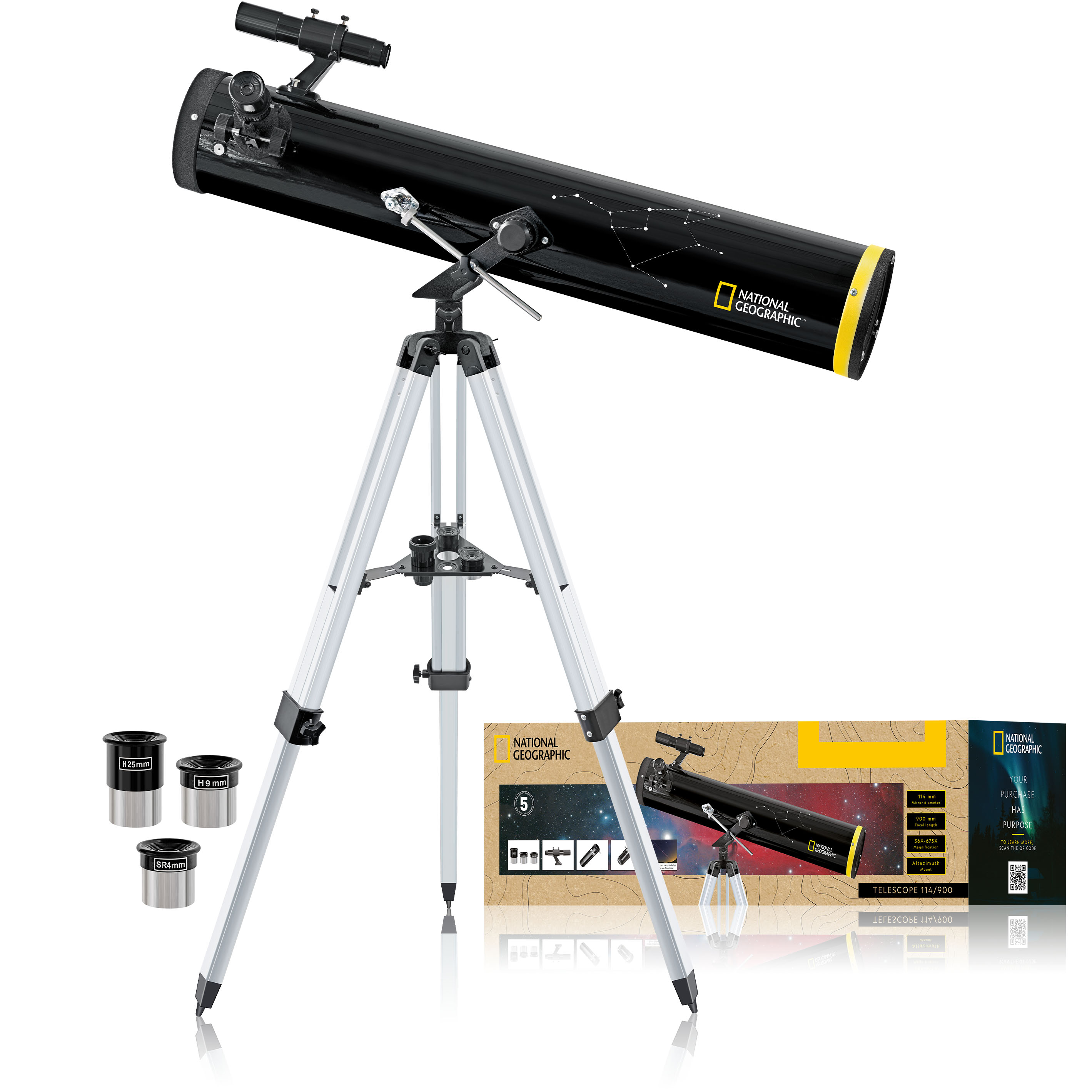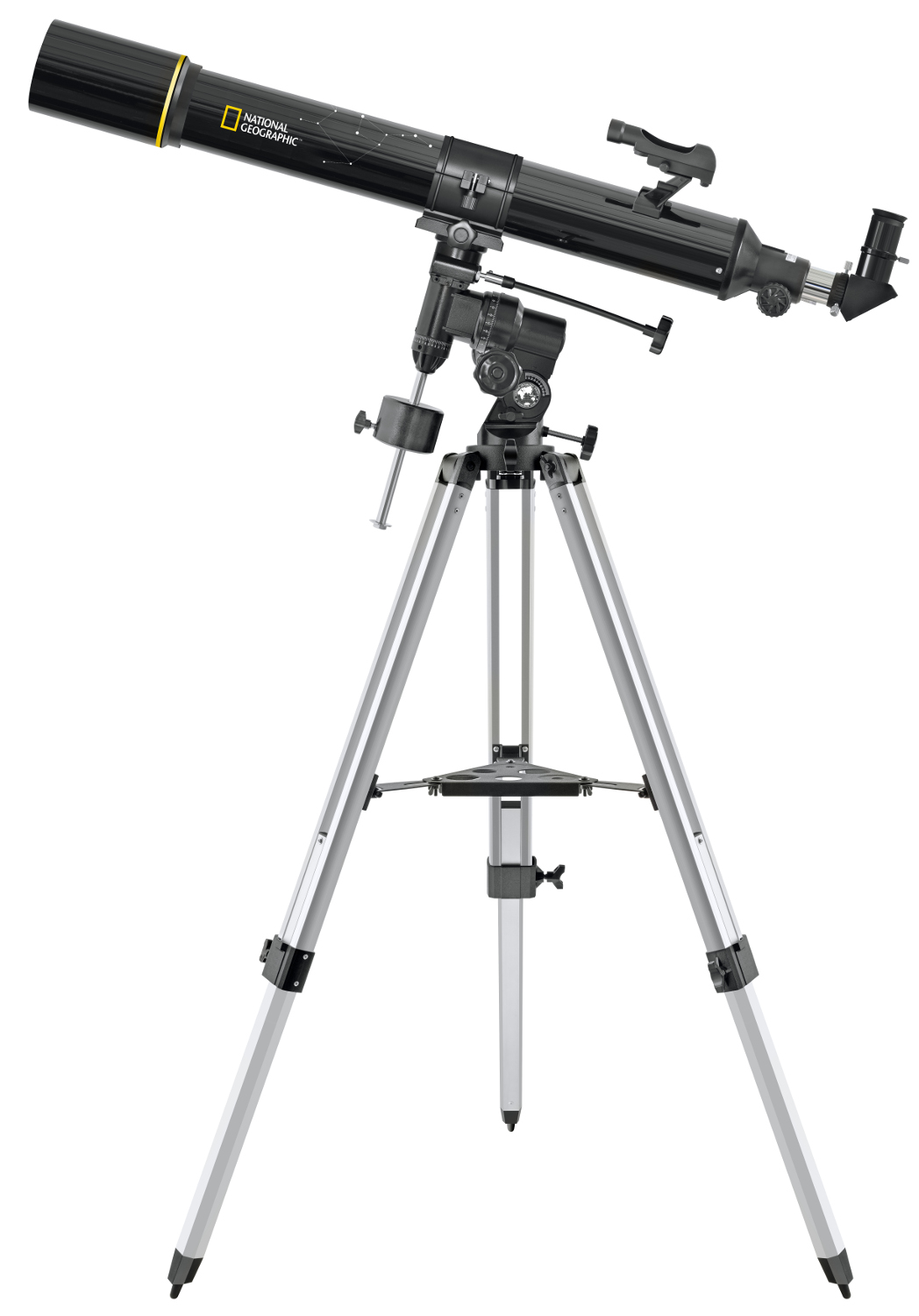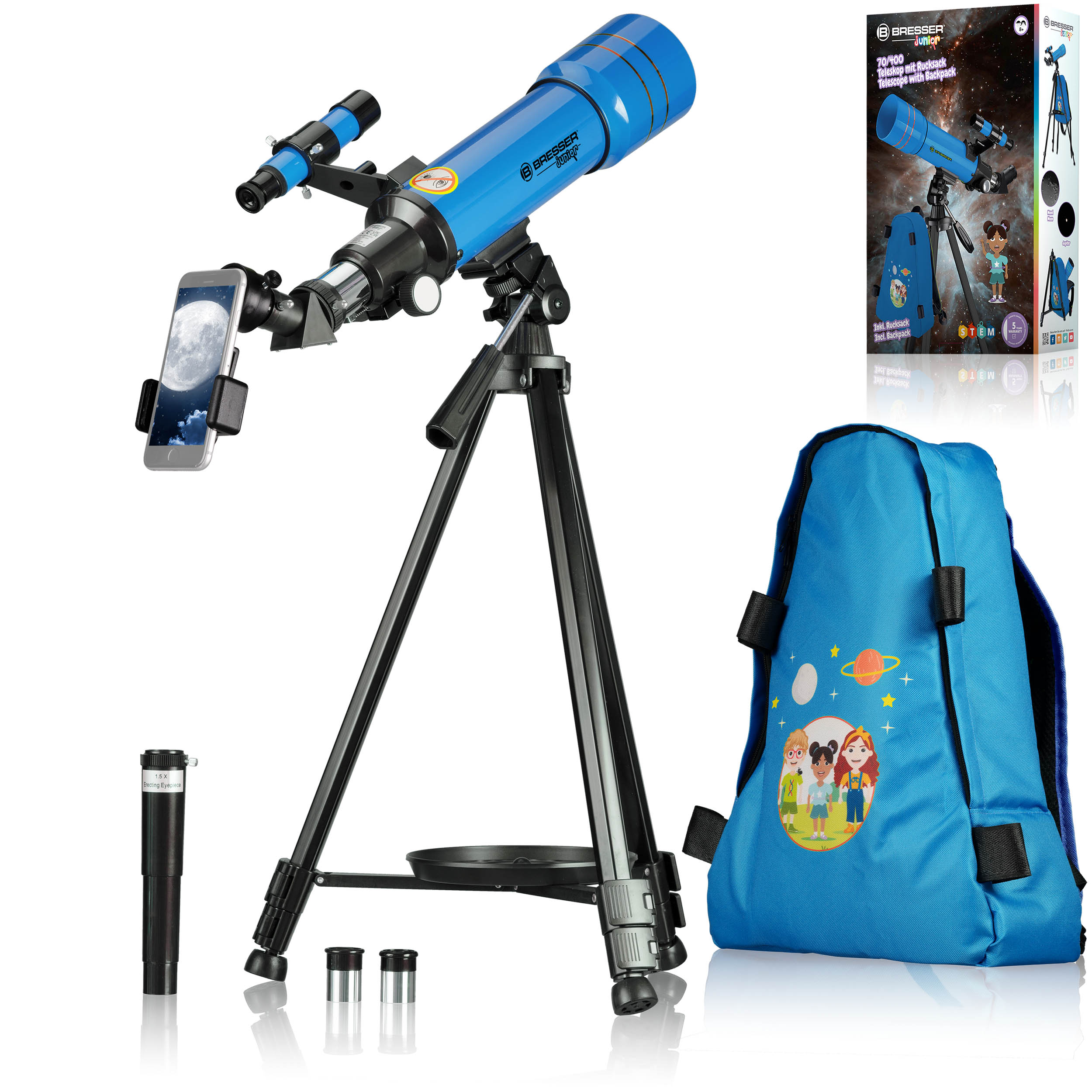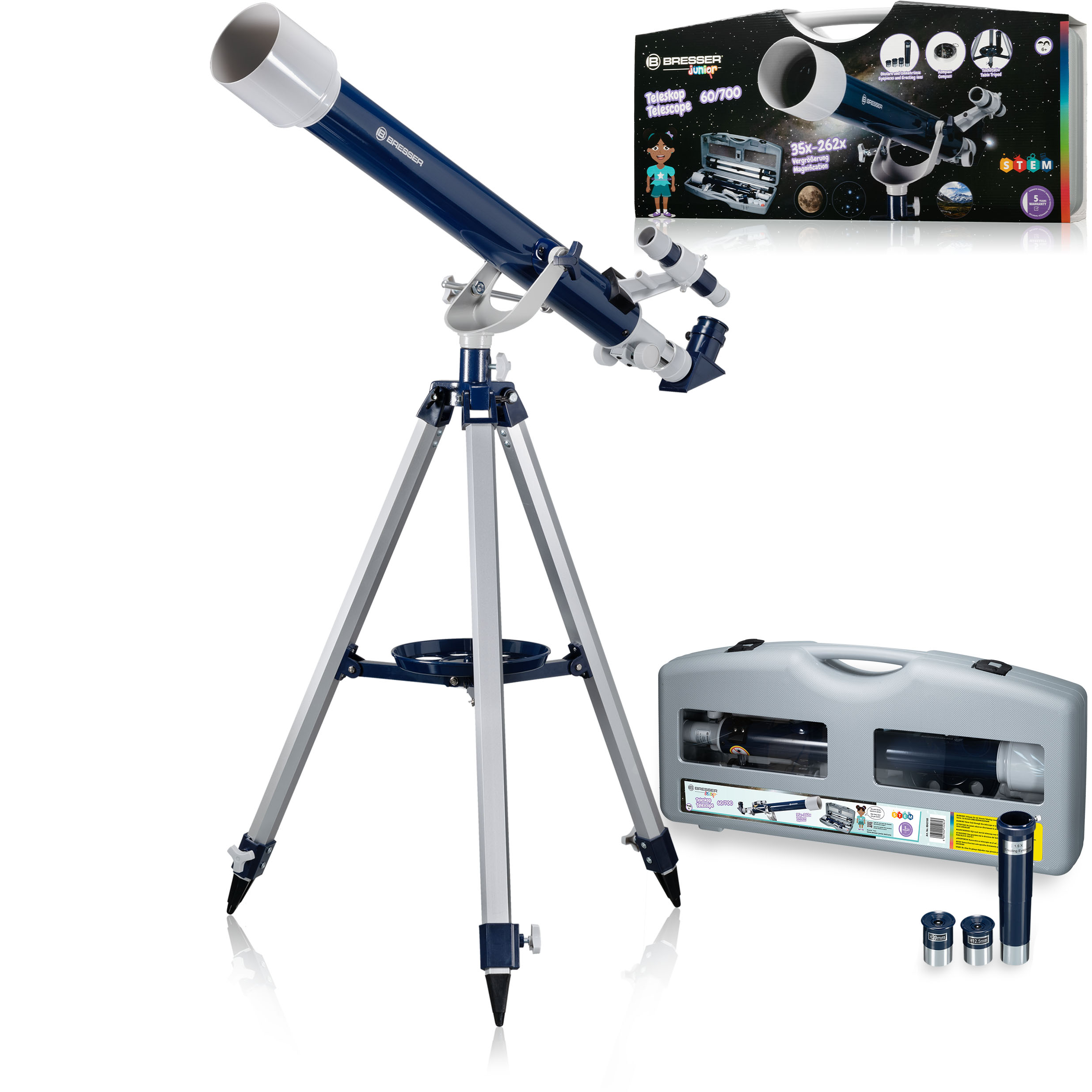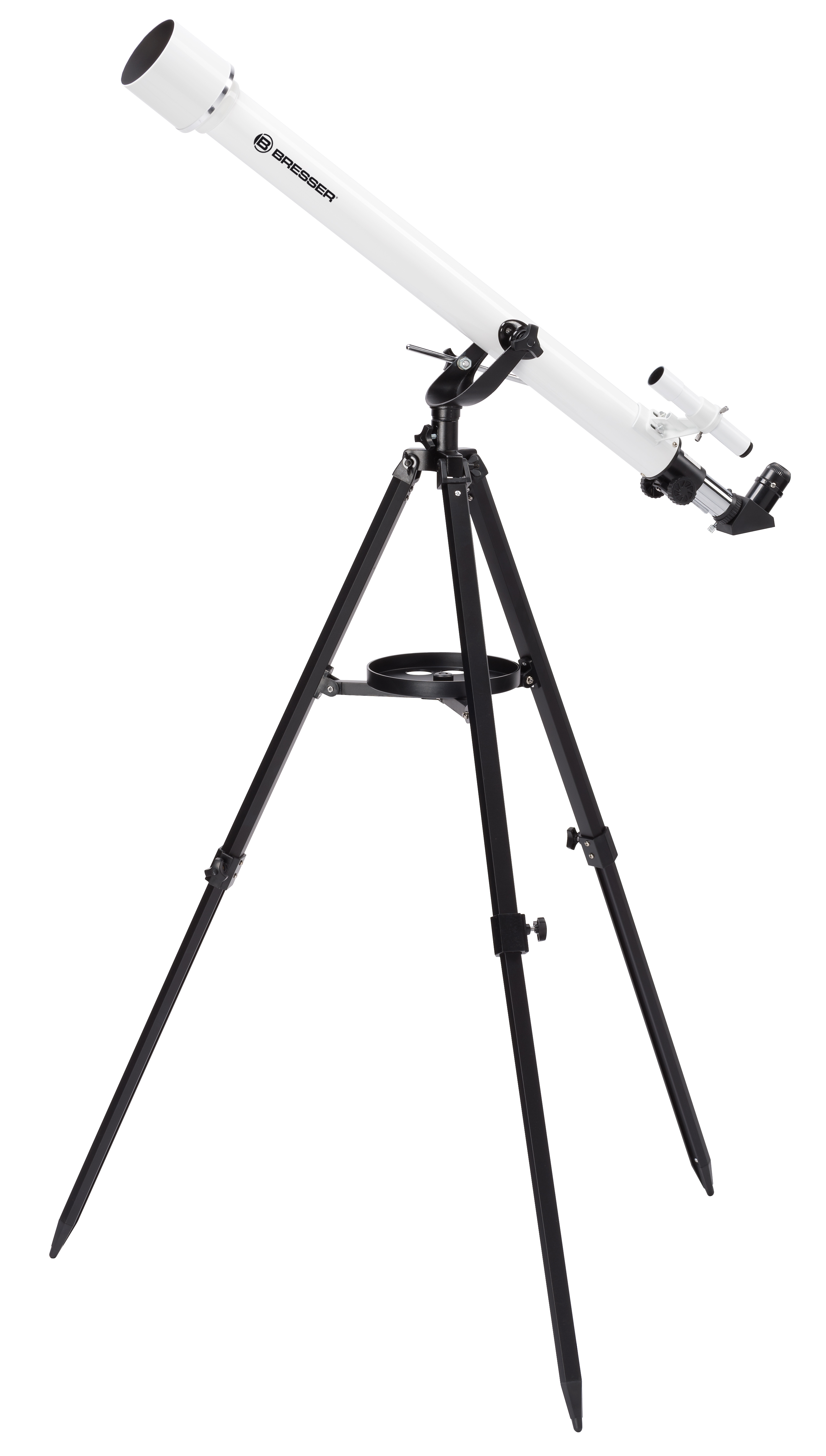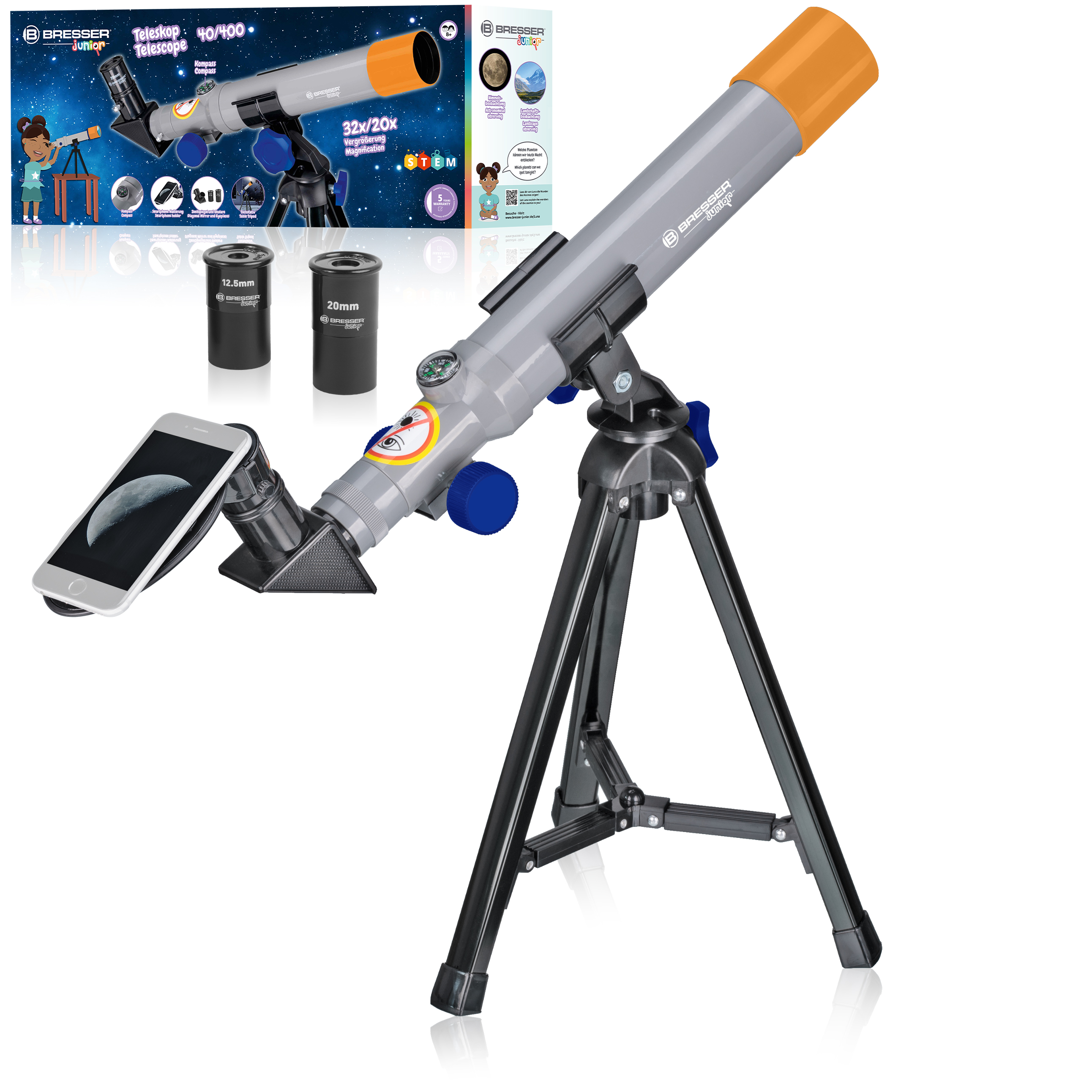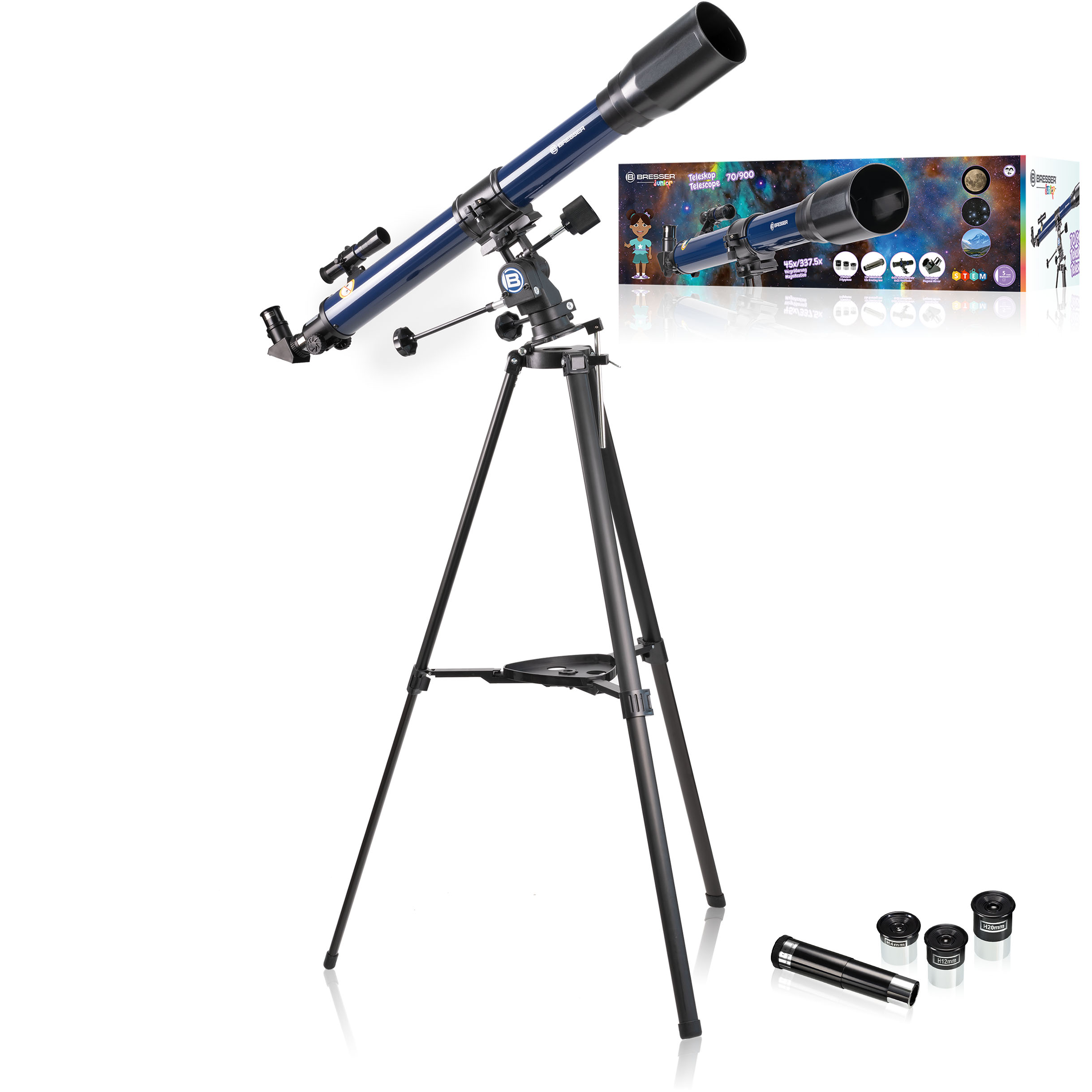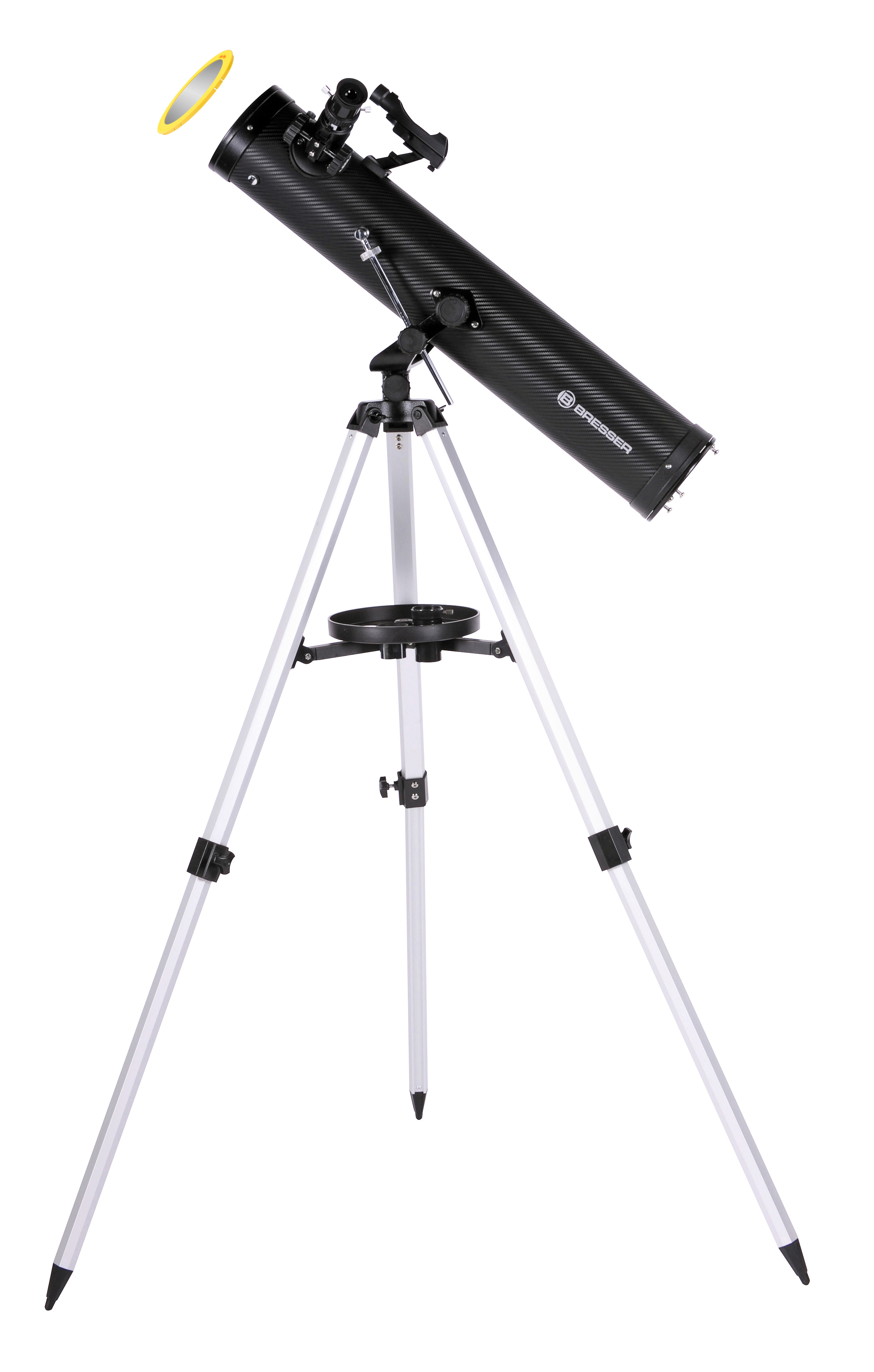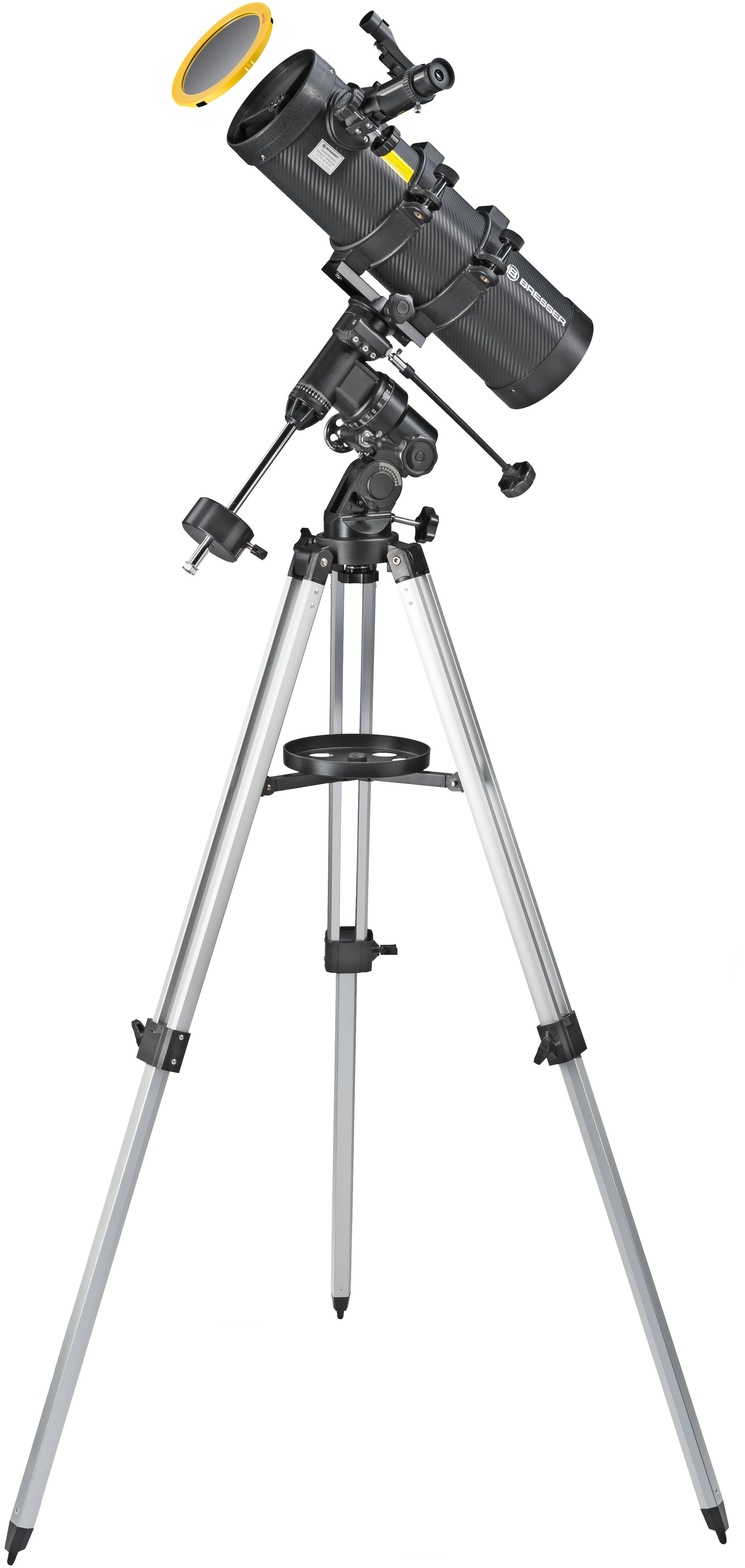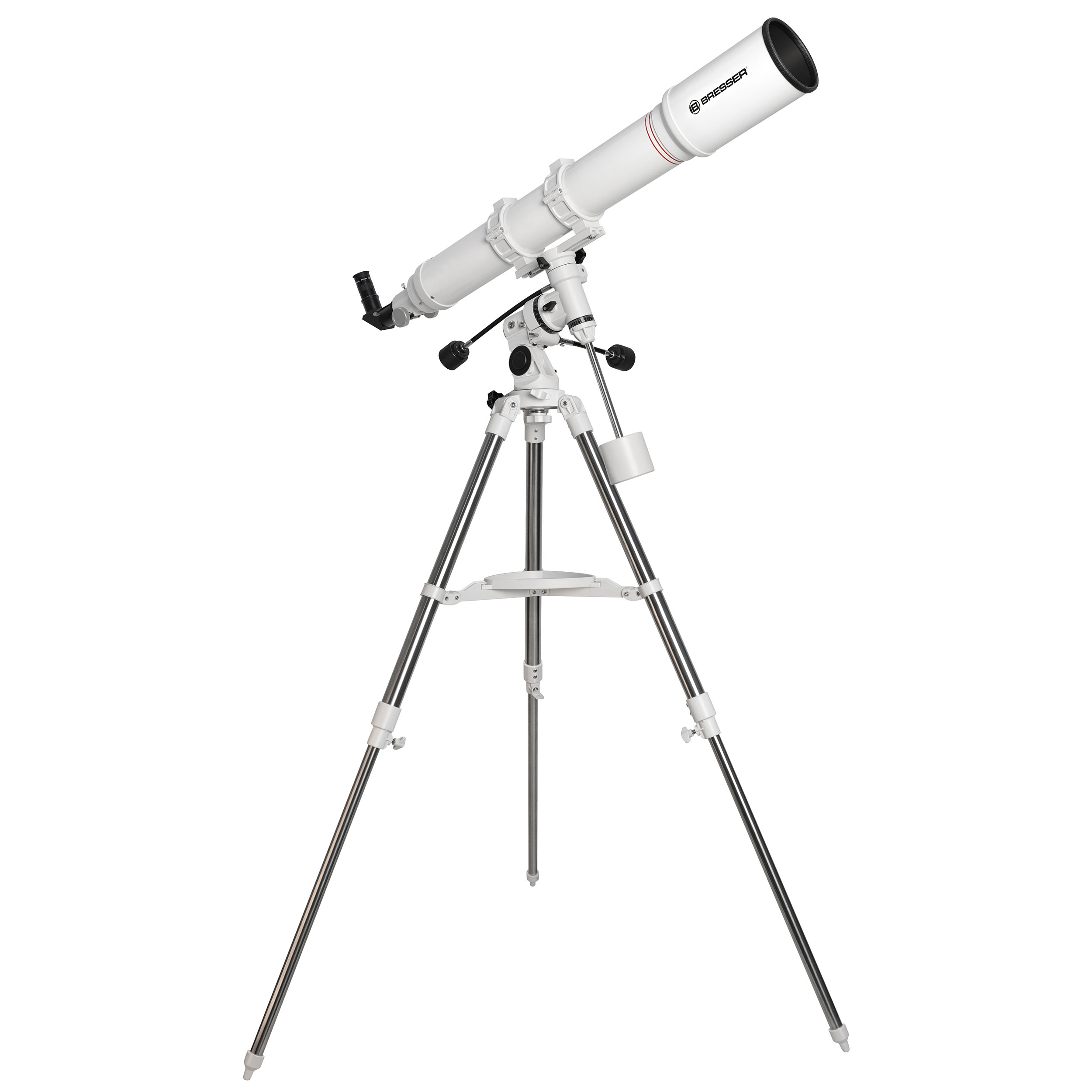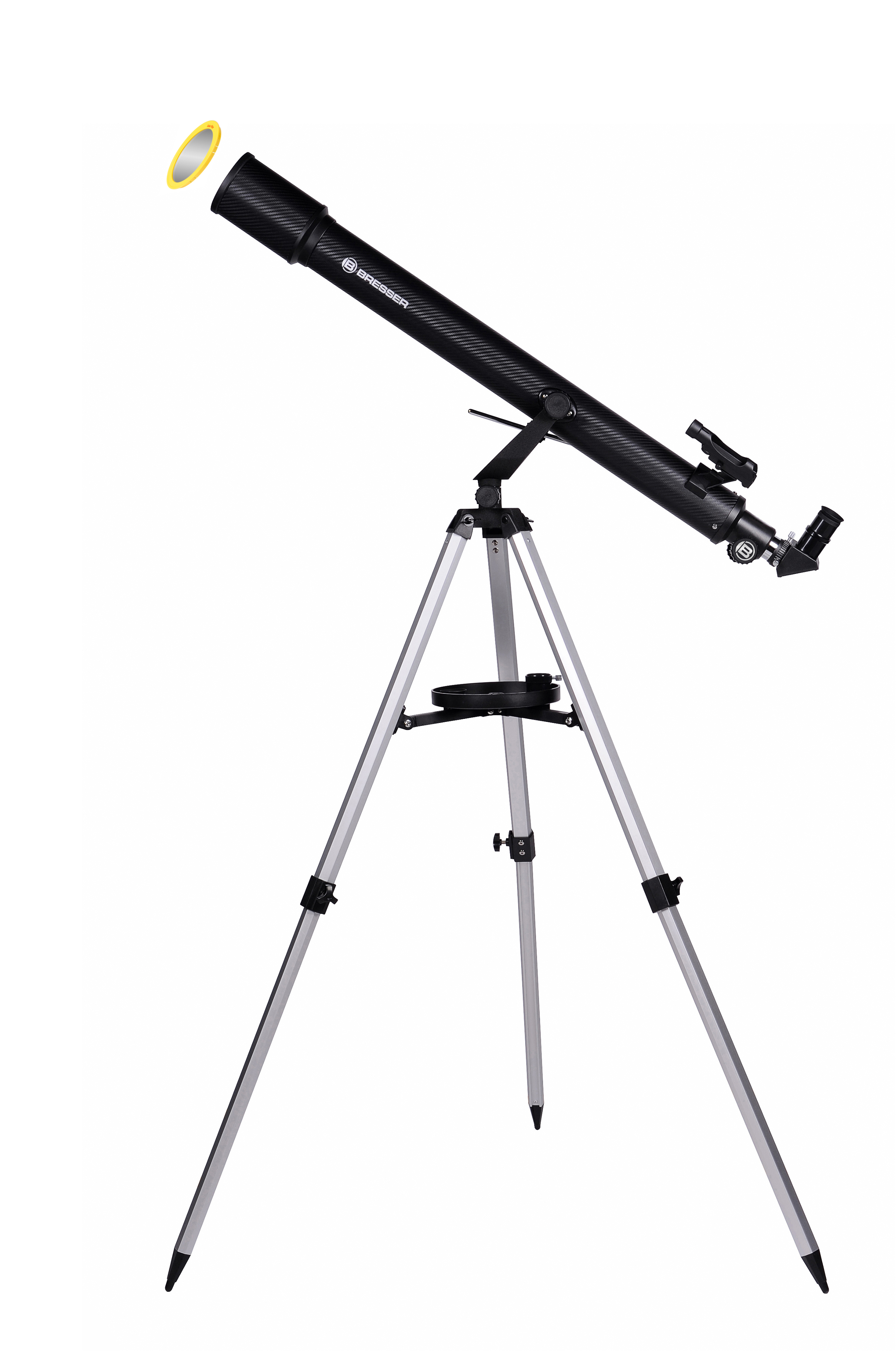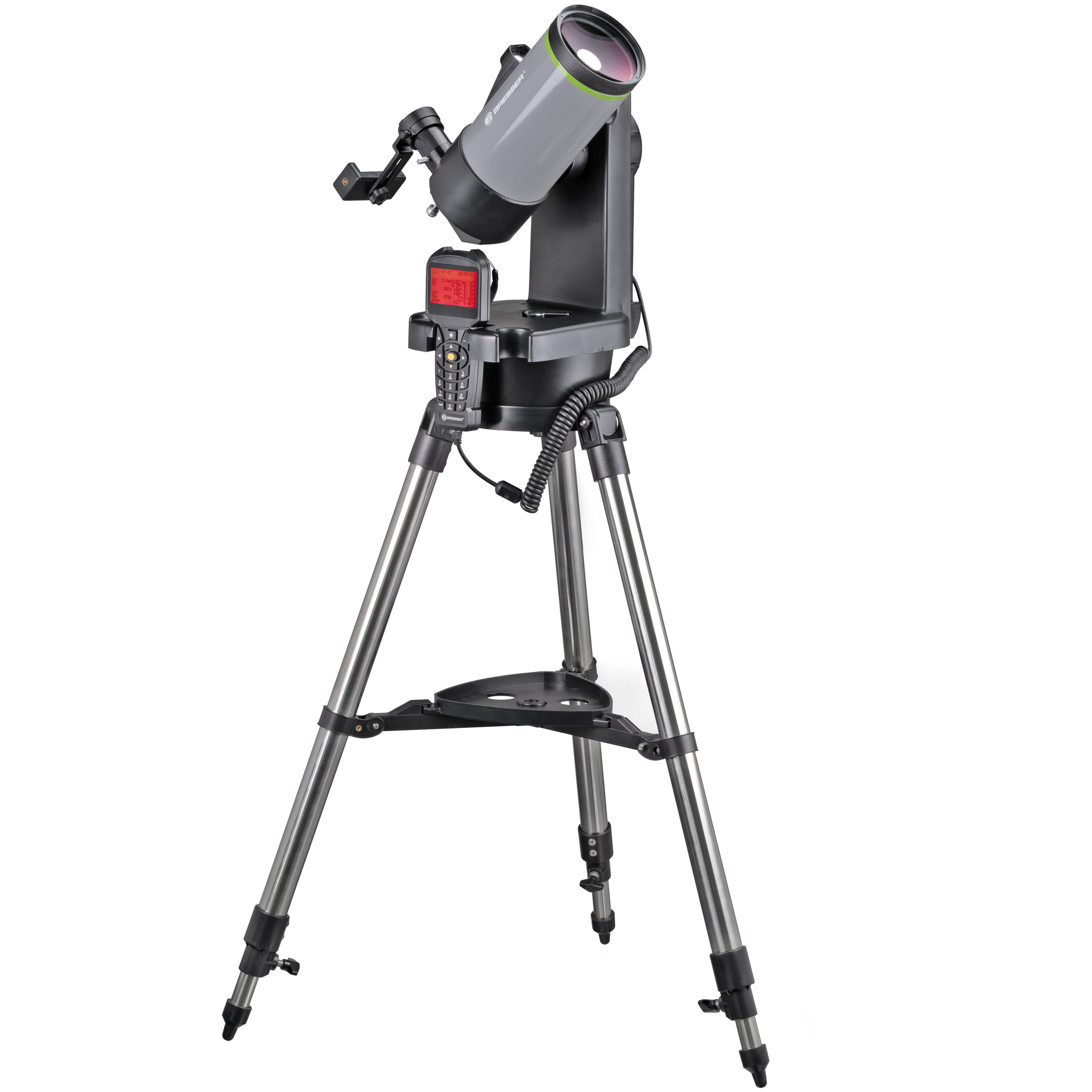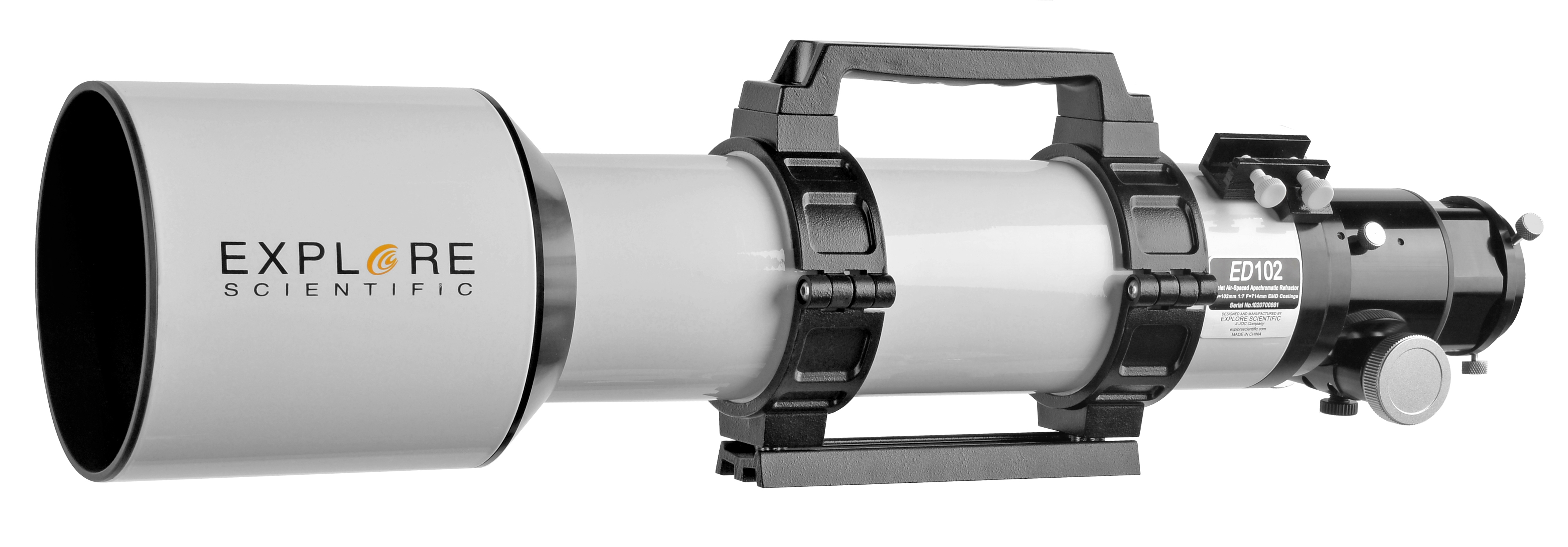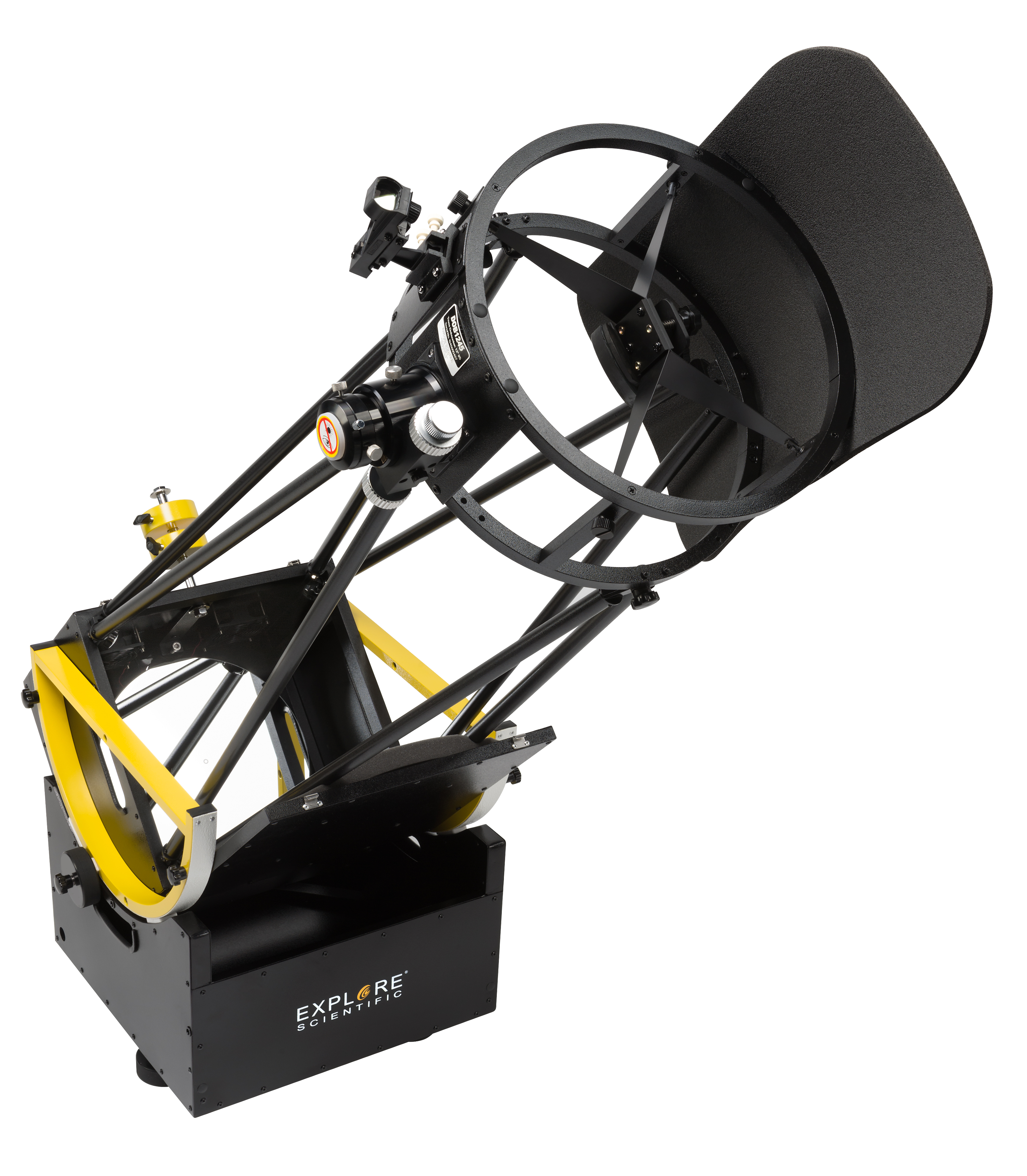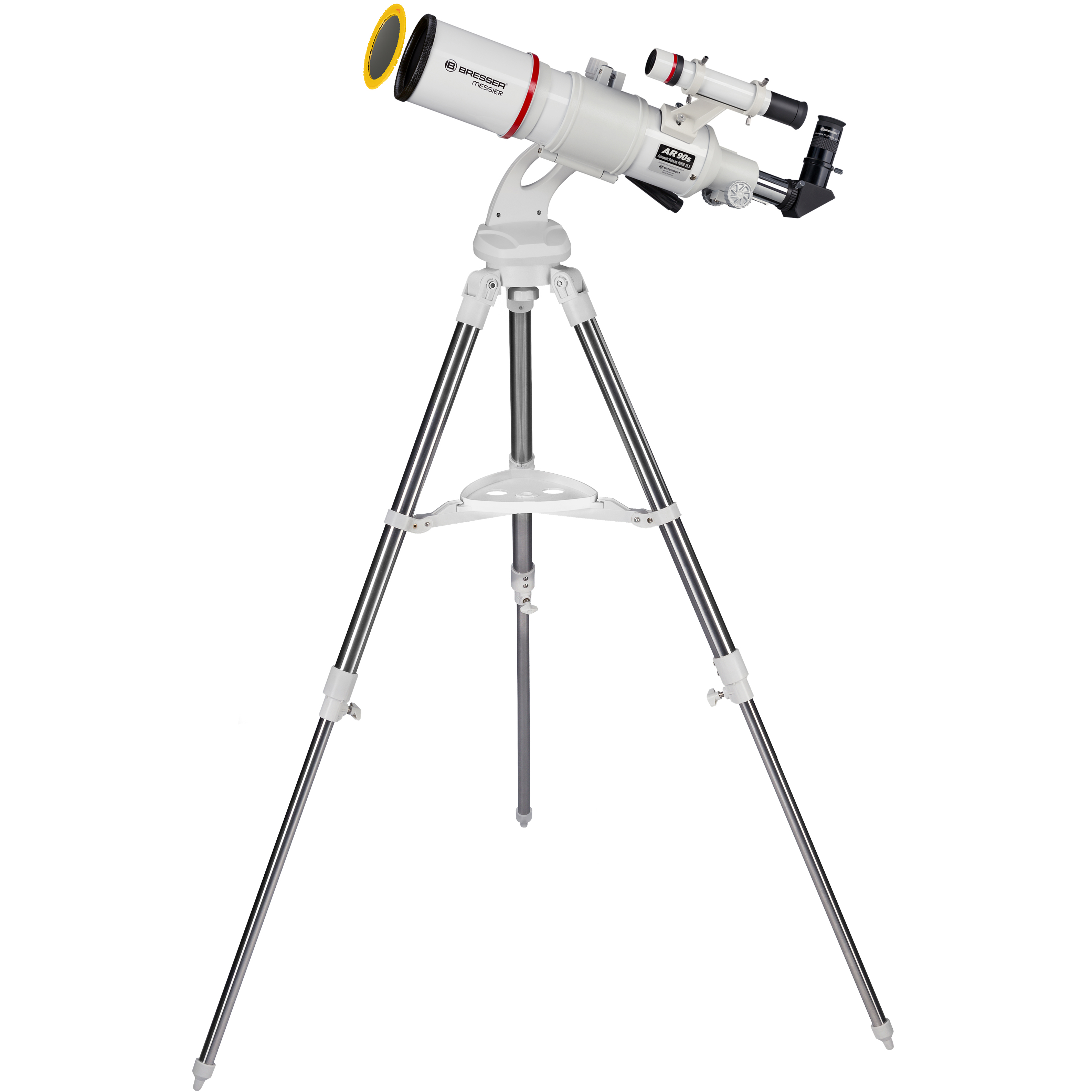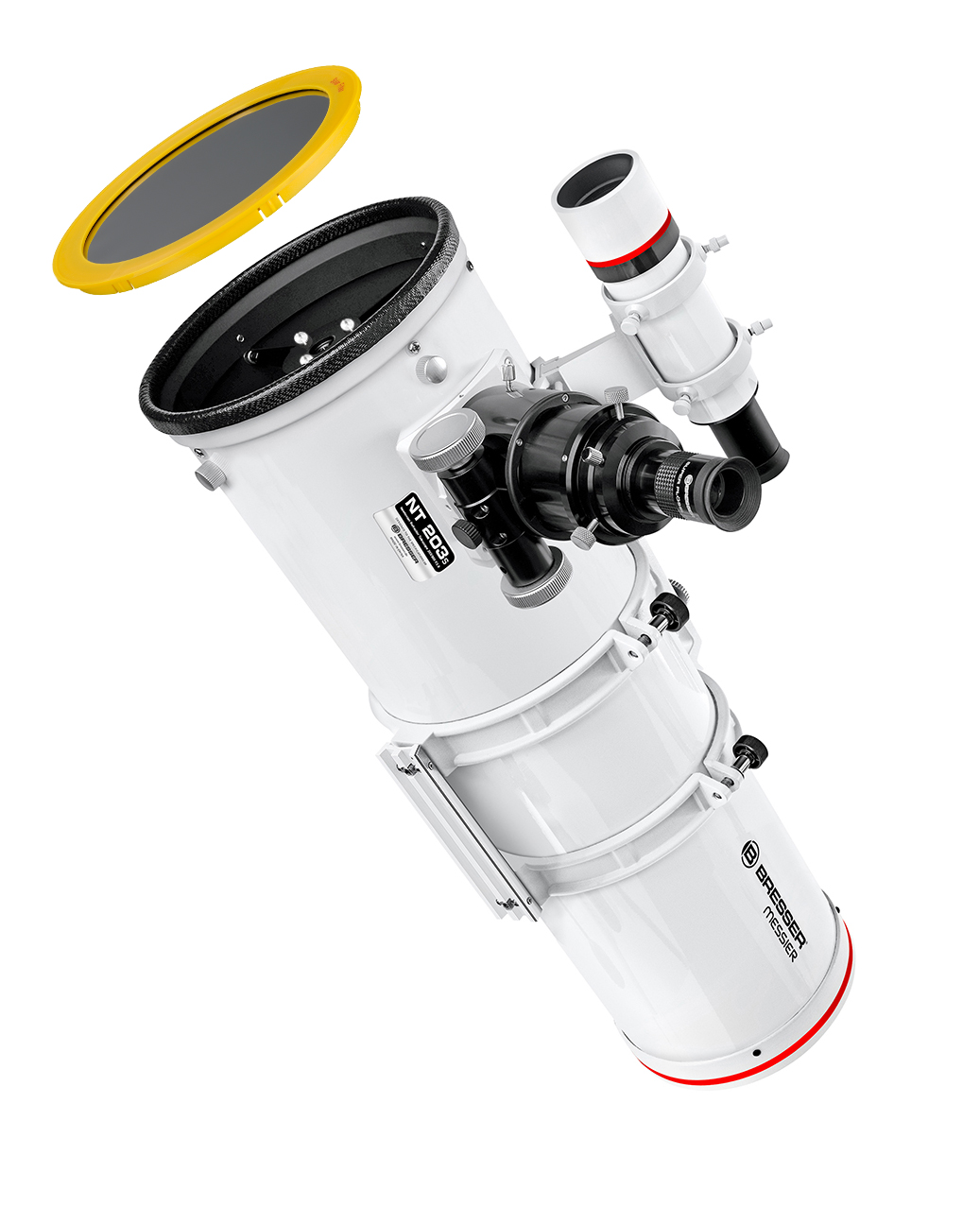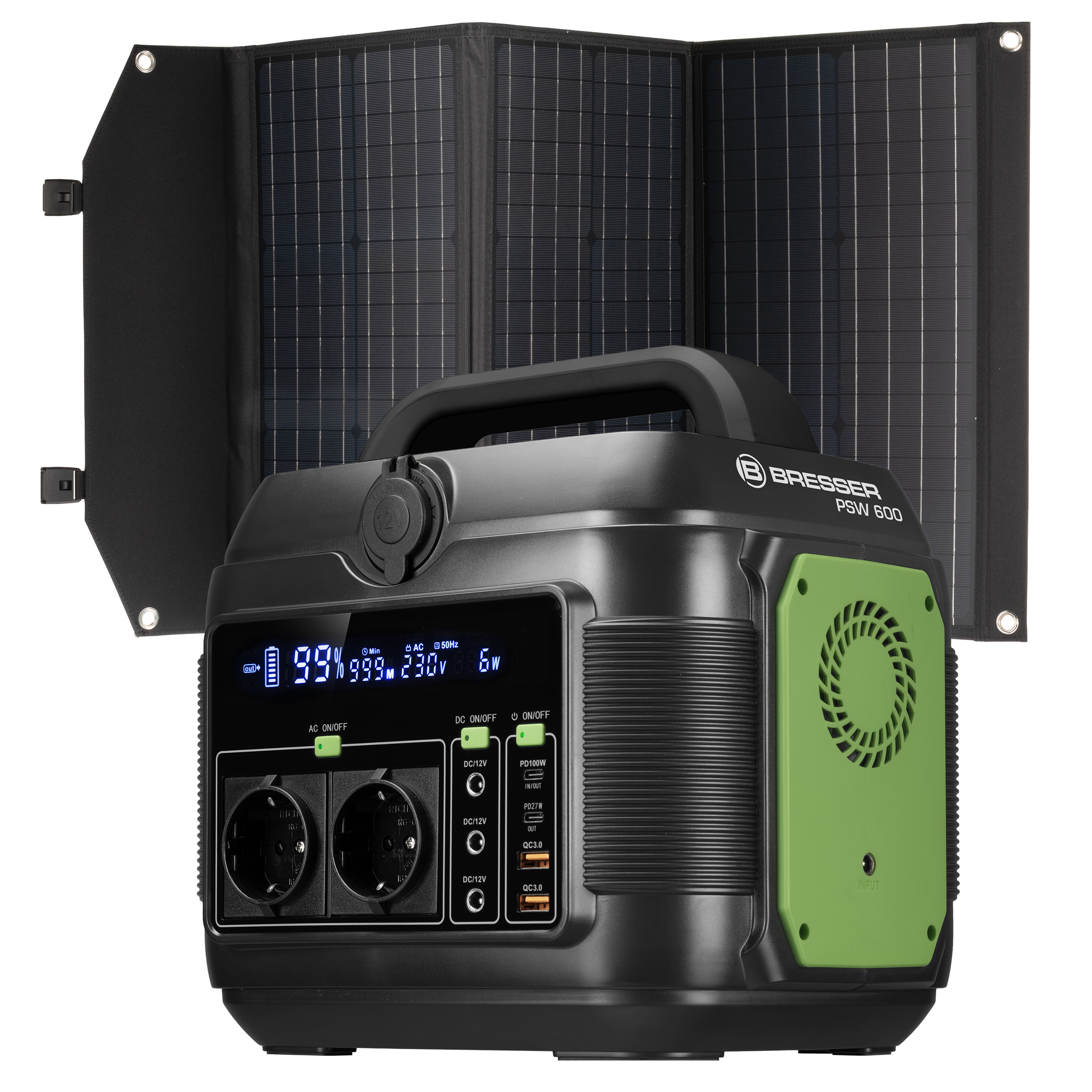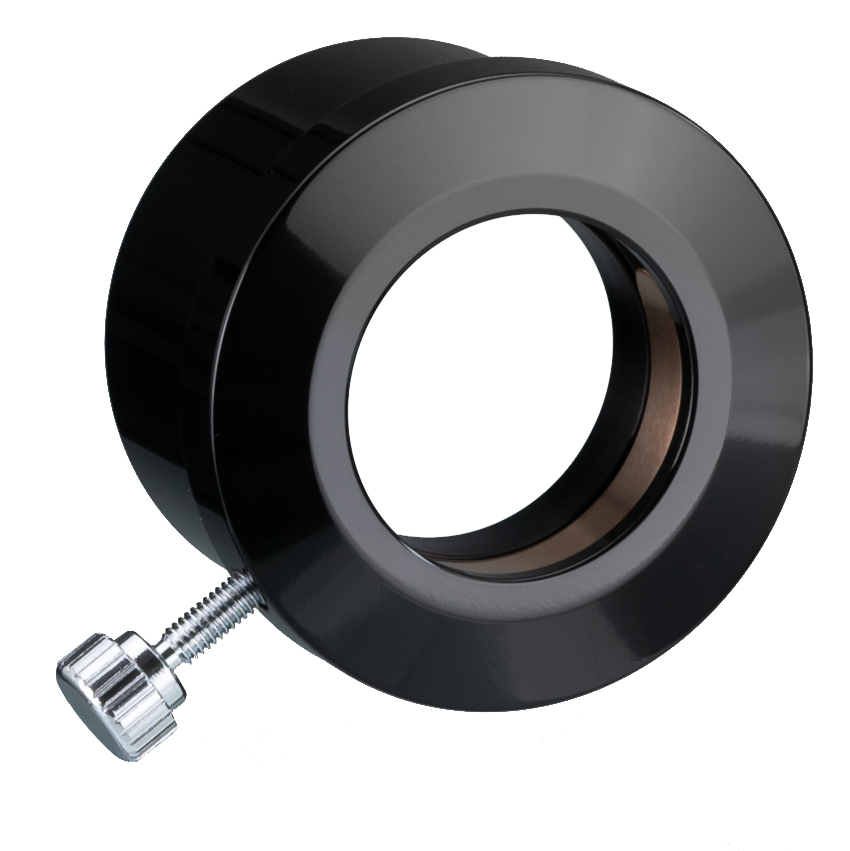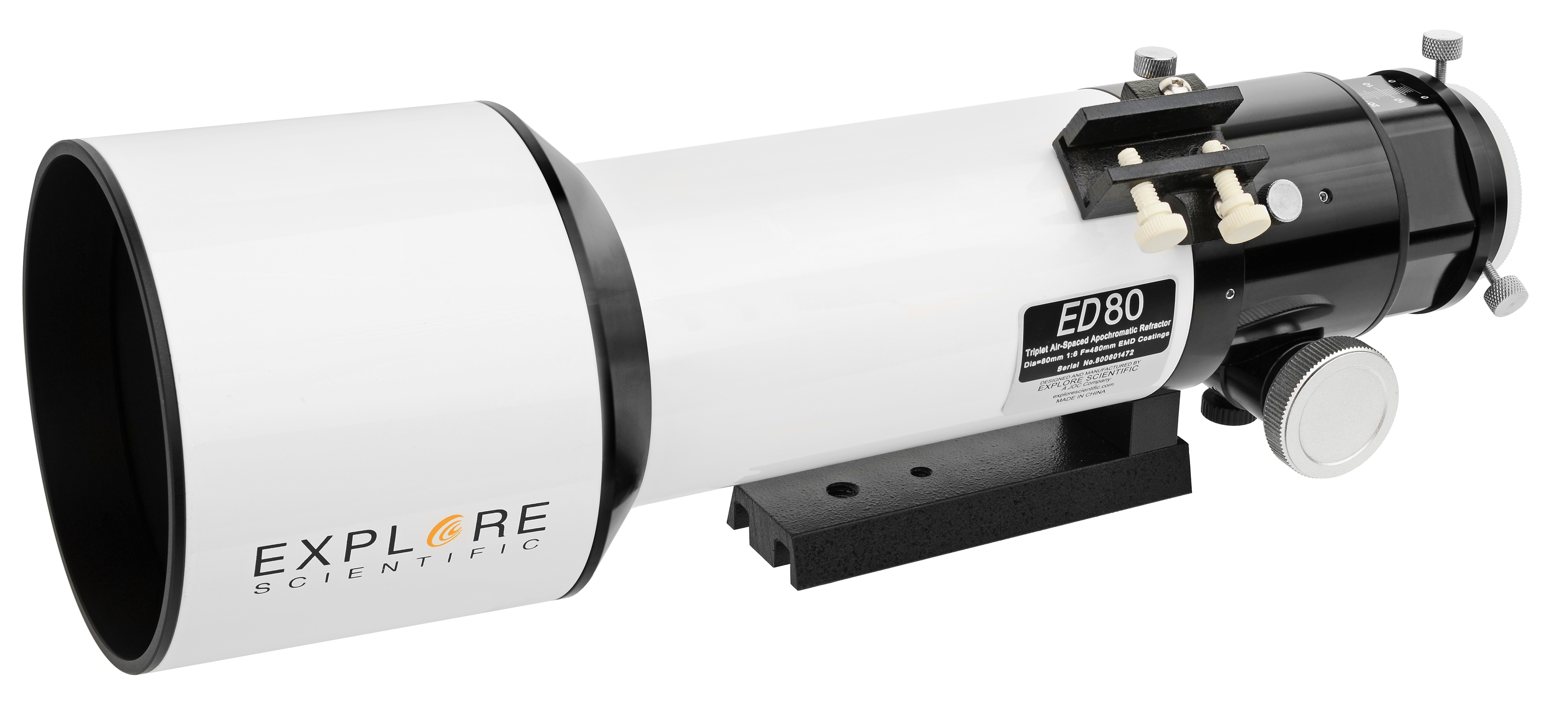























ED APO 80mm f/6 FCD-100 Alu HEX
- Three lens apochromat with two air spaces
- Aperture 80mm; focal length 480mm; f/6
- HOYA FCD-100 glass for maximal color fidelity
- High end 2,5" Hexafoc 10:1 DeLuxe Focuser
- 2" 99% Diagonal included
- Extension tubes for focusser (2pcs)
- Dewshield slides onto tube for easy transport
- Tube with 44mm GP universal dovetail (Fits Super/Great Polaris, EQ5, LXD75, EXOS-II)
€795.00*
% €1,249.00* (36.35% saved)Available, delivery time: 1-3 days
von Jochen Fehmer
Als ich den Explore Scientific ED 80 FCD 100 APO bekommen habe war meine Begeisterung aufgrund meiner Erfahrungen mit dem großen Bruder, dem ED 127 FCD 100 sehr euphorisch. Da der 127 er zurzeit mein Lieblingsteleskop ist, lag die Messlatte sehr hoch.
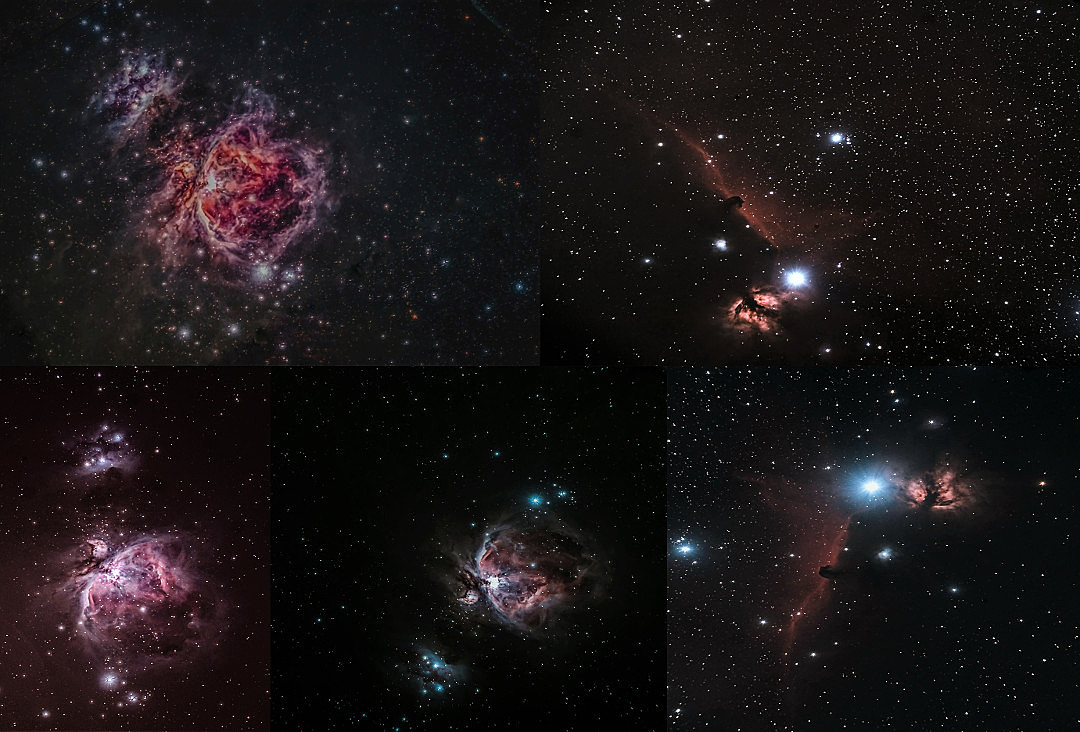
Die ersten Bilder des Explore Scientific ED80 FCD 100. Sie wurden in Deutschland und auf Fuerteventura geschossen. Diese Bilder zeigen schon die Leistungsfähigkeit des Teleskops. Die Montierung bei allen Fotos war hoffnungslos überlastet, doch es sollte gezeigt werden, dass das Gerät sehr mobil ist. Kamera waren eine Canon EOS 6 D und eine Sony A 7 S.
Der Cheftechniker von BRESSER brachte mir das Teleskop ins Büro. Da lag er nun auf meinem Schreibtisch und mir fiel auf wie klein und handlich er gegenüber dem "Großen" war. Gut, 80 mm sind nicht 127 mm. Aber ich finde diese Größe von Teleskop sehr gut, denn die Einsatzgebiete sind enorm.
Im Prinzip sieht er genauso aus wie die anderen Teleskope der FCD 100 Reihe, alles ist identisch. Auch das Teleskop verfügt über den ultrastabilen Hexafoc Auszug. Dieser Okularauszug ist wirklich eine Spitzen Entwicklung. Wie schon beschrieben wird er durch den Sechskant genau und stabil nachgeführt. Wenn er auf einen Punkt fixiert ist, so bleibt er auch dort mit schwerer Kamera. In meinem Test war es die Canon EOS 6 D mit Batteriegriff und zwei Akkus. Er verrutschte keinen Millimeter. Zu Hause angekommen nahm ich die kurzen Wolkenlücken wahr um kurze Testaufnahmen zu machen.
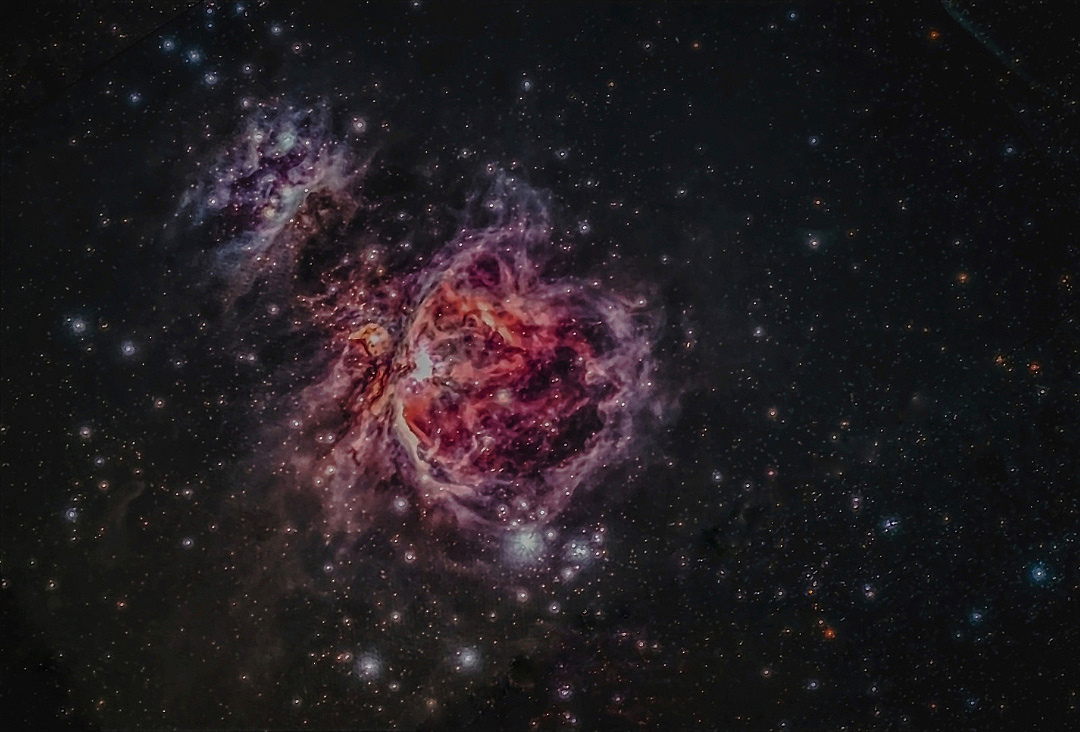
Der Orion Nebel über den Kanaren. Es war eine nervenaufreibende Arbeit. Sehr viel Wind und eine unterdimensionierte Montierung. Zusätzlich regelmäßig erschrocken wenn die freilaufenden Ziegen mitten in der Nacht meckern!
Im Winter bietet sich da der Orion Nebel an, da er keine langen Belichtungszeiten erfordert. So konnte ich die kurzen Momente nutzen. Trotz Umbau der heimischen Sternwarte gelangen mir ein paar gute Aufnahmen. Wie auch bei dem anderen FCD war ich überwältigt von der Klarheit der Teleskopoptik. Die Sterne sind punktförmig bis zum Rand, die Farben klar und rein. Daraufhin freute ich mich auf die weiteren Tests. Ich hatte zwei Wochen Zeit mich mit dem Teleskop und der mobilen Montierung vertraut zu machen. Denn dann ging es los nach Fuerteventura. Dort sollte der Explore Scientific ED 80 FCD 100 APO zeigen was er unter sehr dunklen Himmel zu leisten vermag. Dass es eine Belastungsprobe für die Montierung werden würde war mir klar, es wurde eine Zerreißprobe für meine Nerven. Der 80er wiegt knapp 3 Kilogramm, die Kamera 1,3 Kilogramm und die Gegengewichte um die 4 Kilogramm. Nicht zu vergessen den 9x50 Sucher und die Guiding Kamera. Also reichlich Kilogramm montiert auf eine Montierung die mit maximal 5 Kilogramm Tragfähigkeit angegeben ist. Ob das gut geht? Eine andere Montierung kam nicht in Frage, denn es würde schon jetzt knapp werden mit dem Gepäck. Also ab zum Modellflugplatz in der Bauernschaft Stevede und aufbauen. Bis zur Montierung des Teleskops war alles gut, doch dann ging das Wackeln los. Ich probierte mehrere Stative aus bis ich zufrieden war. Es wackelte beim Fokussieren wie ein Windspiel aber es ging. Das Einstellen dauerte dann halt etwas länger. Dann stellte ich das Nachführprogramm PHD an meinem Laptop an. Zwar führte er nur in der RA-Achse nach, aber ohne wäre es gar nicht gegangen. Zu meinem Erstaunen lief die ganze Konstruktion 60 Sekunden punktförmig nach. Das freute mich sehr, denn es herrschten nicht gerade angenehme Temperaturen auf dem Modellflugplatz. Minus 7 Grad und nass. Die ersten Bilder auf dem Display ließen schon erahnen was da auf den Chip gebrannt wurde, ein gutes Bild vom Flammen Nebel. So macht das Testen Spaß und man vergisst die Nasskälte.
Nach zwei Stunden waren dann die Akkus leer, nicht die vom Laptop oder von der Kamera sondern von mir. Der Explore Scientific ED 80 FCD 100 APO hat seine Sache ausgezeichnet gemacht. Mit der Montierung könnte es auf der windigen Insel Probleme geben, aber wer nichts wagt der gewinnt nie. Der Tag der Abreise kam näher und das Kofferpacken ging los, der Explore Scientific ED 80 FCD 100 APO sollte mit in den Koffer. Mittig eingepackt, Schrauben vom Sucher gelöst und daneben gelegt. Den Okularauszug ebenfalls gelöst, so konnte nichts mehr an dem Teleskop passieren. 19,8 Kilogramm, passt. Warum ich auf dem Rückflug 3 Kilogramm mehr hatte bleibt ein Rätsel.
Die Insel Fuerteventura ist klasse, sie bietet einen fantastischen Sternenhimmel, aber leider ist sie die windigste der kanarischen Inseln. Ich fuhr mit dem Leihwagen durch die Berge zum astronomischen Aussichtspunkt der Insel auf 460 Meter Höhe. Der Fußweg bis zur Plattform beträgt zwar nur 500 Meter, aber die hatten es in sich. Das war kein Wind mehr, das war Sturm. Der Windschutz oben, der aus Steinen gebaut war brachte rein gar nichts. Die Aussicht und die Erklärungstafeln waren klasse, aber da oben Fotos machen? Das kann nichts werden, niemals. Zwei Nächte spielte das Wetter nicht mit, entweder starker Wind oder Wolken. Doch dann kam sie, die perfekte Nacht.
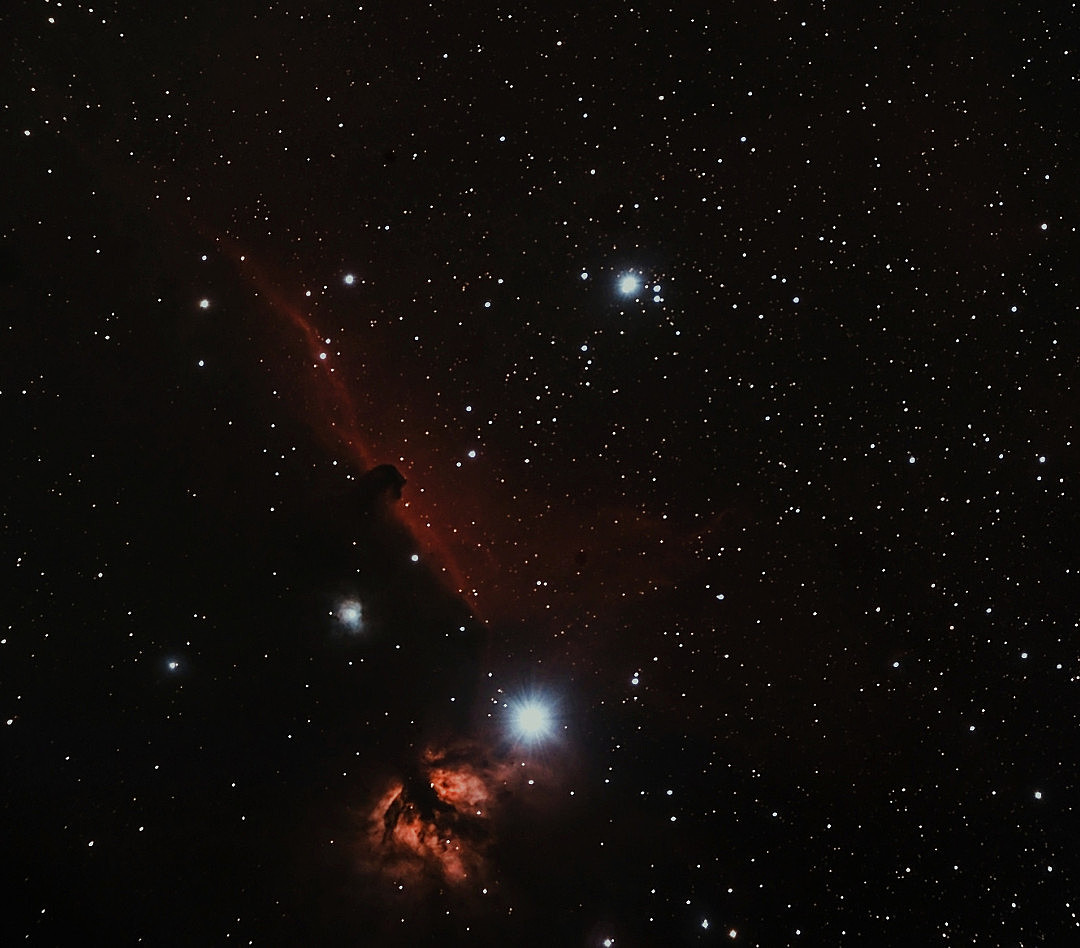
Ein kurzer Schnappschuss vom Pferdekopfnebel und dem Flammennebel. Leider wurden es nur ein paar Fotos, aufziehende Wolken machten weitere Fotos unmöglich. So ist das Wetter in Deutschland.
Windstill, 17 Grad warm und der Mond ging kurz nach eins unter. Ich fuhr um Mitternacht los, der Weg vom Hotel zur astronomischen Plattform dauerte nur 18 Minuten. Auf dem Parkplatz, direkt an der Straße baute ich in Ruhe auf. Ich habe mir sehr viel Zeit gelassen, sehr viel Zeit. Nach einer halben Stunde und perfekter Einordung und Fokussierung so gut es ging verabschiedete sich der Mond im Atlantik und dann wurde ein phantastischer Sternenhimmel sichtbar. Noch nie in meinem Leben habe ich die Wintermilchstraße so klar gesehen, geschweige denn so viele Sterne im Sternbild Orion. Ich konnte mit bloßem Auge den Rosettennebel erkennen. Dann begann die Belichtungstestreihe: Was geht, was ist zu viel. Dann wurde durch belichtet, nur der Orionnebel, der Flammennebel und der Pferdekopfnebel. Mehr wollte ich nicht, mich nur auf diese Objekte konzentrieren. Ab und zu frischte der Wind auf, so das nicht alles 100% war, aber der Explore Scientific 80 ED FCD 100 ist ein tolles Gerät, er macht so scharfe Abbildungen wie ein ansonsten dreifach teureres Teleskop, er ist sehr handlich und zur Not passt er auf eine Fotomontierung. Ich persönlich bin sehr überzeugt von ihm, sehr sogar. Mit seinem Preis von knapp 1000 Euro ist er ein Schnäppchen, und er ist jeden Euro wert. Es ist ein Teleskop fürs Leben, ein Zweitgerät für den mobilen Einsatz oder als Weitfeldteleskop und auch für die Landschaftbeobachtung bestens einsetzbar. Sie sollten aber auf jeden Fall den Flattener mit bestellen. Er korrigiert die bauartbedingte Vignettierung an den Rändern, damit werden die Sterne am Rand auch nadelfein. Ich freue mich, dass das Teleskop nun auch Ihnen zum Kauf zu Verfügung steht. Wir, die Astroabteilung der Firma Bresser würden uns über Ihre Erfahrungen die Sie mit dem Explore Scientific ED 80 FCD 100 APO gemacht haben sehr freuen. Mailen Sie uns und vergessen Sie nicht unserenFotowettbewerb
Apochromats are the ultimate choice in small to medium sized telescopes: the combination of compactness, transportability, very high image contrast and sharpness together with the possibility to make excellent astrophotos cannot be bested. The advances in glass manufacturing during the last few years have made true apochromats available to more astronomy enthusiasts than ever before. The new Explore Scientific FCD-100 Alu Hex represents another major improvement in this field - the overall correction (color and spherical) is setting new standards in this price class. The optical design shows a polystrehl value of 0,97 indicating a level of correction that is absolutely top of the line.
This small excellent apochromat is a very versatile telescope: the fast f-ratio makes short exposure times possible. The high contrast and sharpness of the image provide breathtaking views of large objects like the North america nebula or the Andromeda galaxy as well as tack sharp planetary images. The telescope is lightweight and compact - the dew shield slides down the tube to minimize size for transportation. Revolutionary glass and precision manufacturing created a telescope that offers observing joy on the highest level. This does not only qualify this telescope as the ideal travel scope, it is also the perfect choice for fast observations and for astrophotography. The excellent 2,5" HEXAFOC focuser with 10:1 reduction is perfect for this - the large inner diameter of 65mm prevents vignetting by the focuser when the telescope is used for astrophotography with large sensors.
These very popular EXPLORE SCIENTIFIC Triplet ED APO Refractors we do offer in 3 different product lines:
Essential Line:
HOYA FCD-1 Glass lens, AL-Tube, 2.0" Rack&Pinion Focusser with 1:10, 2.0" Star Diagonal 99% Reflectivity (see Part No. 0112084(AL), 0112106(AL), 0112132(AL)), 0112155(CF + 3"FT))
Professional Line:
HOYA FCD-100 Glas lens, AL/CF-Tube, 2.5" HEXAFOC Focusser with 1:10, 2.0" Star Diagonal 99% Reflectivity (see Part No. 0112086(AL), 0112108(AL), 0112109(CF), 0112134(AL), 0112135(CF))
High-End Line:
OHARA FPL-53 Glass lens, Carbon(CF) Tube, 3.0" Feather-Touch Focusser with 1:10, 2.0" Star Diagonal 99% Reflectivity (see Part No. 0112165(CF))
SPECIFICATIONS
- Aperture: 80mm
- Focal Length: 480mm
- Focal ratio: f/6
- Weigth: 2,6kg
- Backfocus: 150mm above 2" adaptor
- Design: Apochromat with three lenses, two air spaces and FCD-100 glass
- Optical tube with retractable dew-shield
- 2.5" HEX focuser with 1:10 gear reduction
- 2" Star Diagonal 99% reflectivity
- Universal dovetail - GP level
- Dust caps for front-lens and focuser
- Universal finder slot
| Colour: | white |
|---|---|
| Focus Group [Telescopes]: | Advanced Amateurs, Specialists and Research, Visual enthusiasts |
| Focusing system: | 2.5" Hexafoc DeLuxe with 10:1 |
| Material: | Aluminium |
| Material front lens or corrector plate: | HOYA FCD-100 |
| Mount Type [Telescopes]: | Optics without Mount |
| Optical design: | Apochomatic Refractor |
| Product Family [Telescopes]: | Refractor telescope |
| Type of coating: | Enhanced Multilayer Desposition (EMD) |
Accessories
Similar products
Customers also viewed


